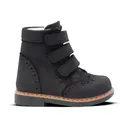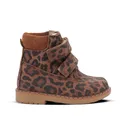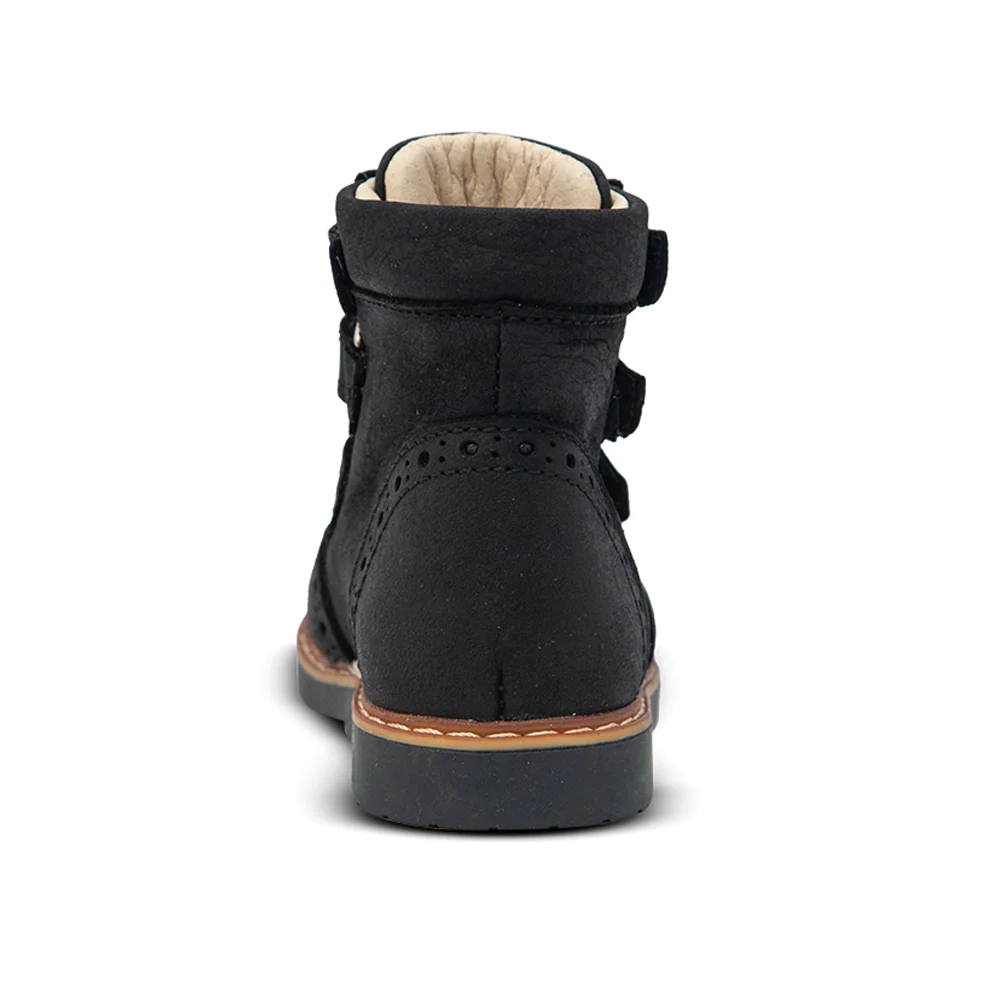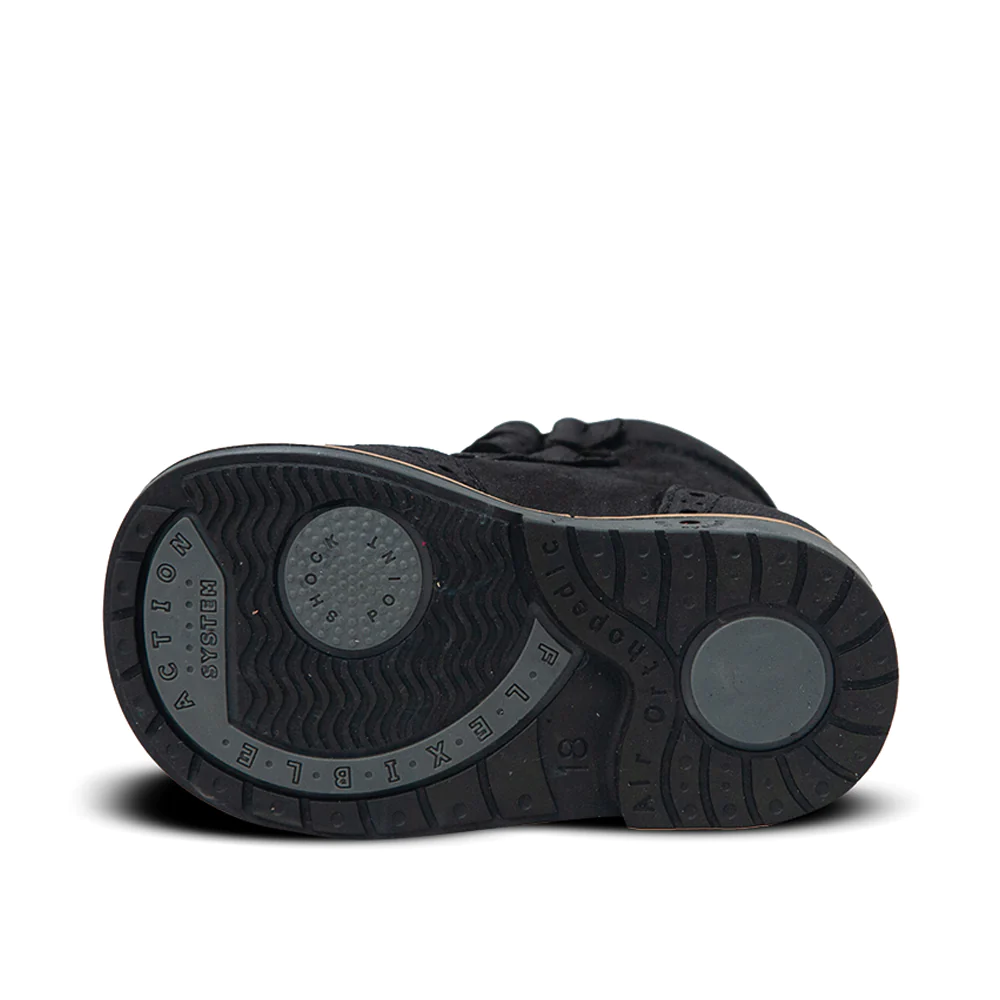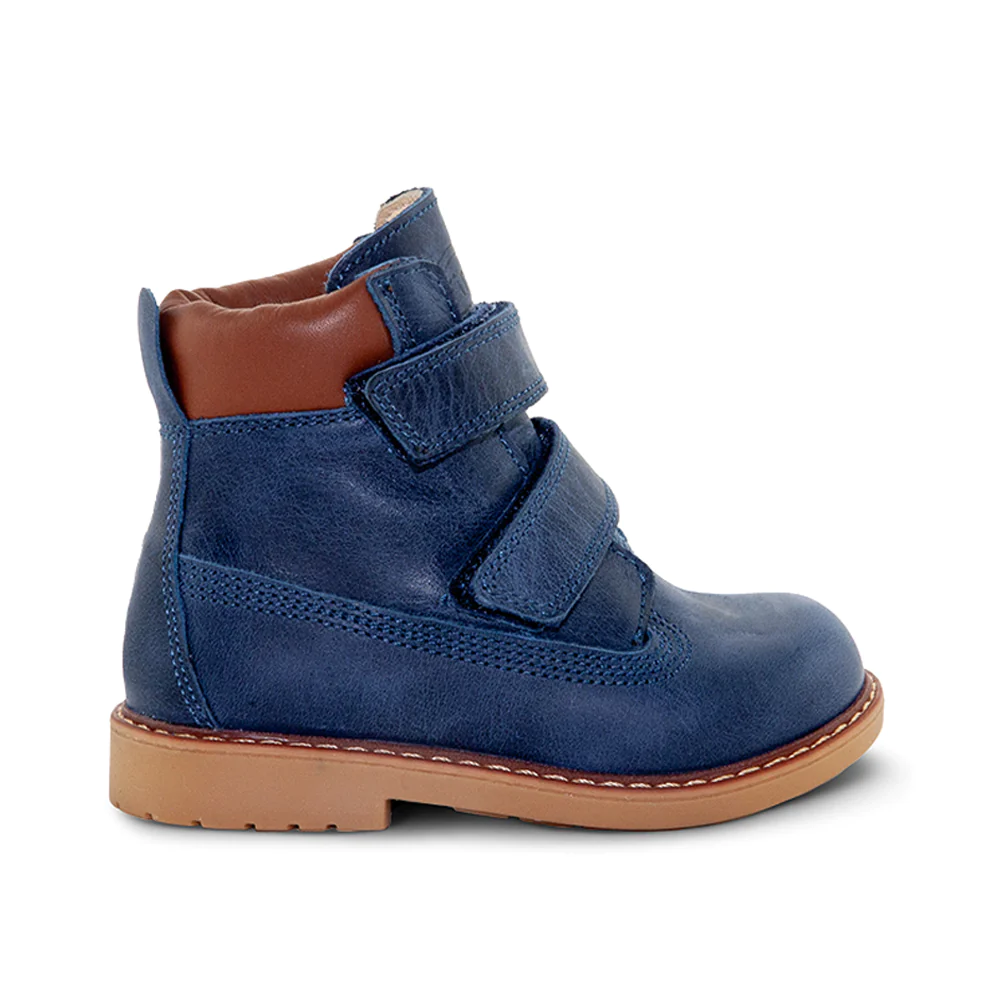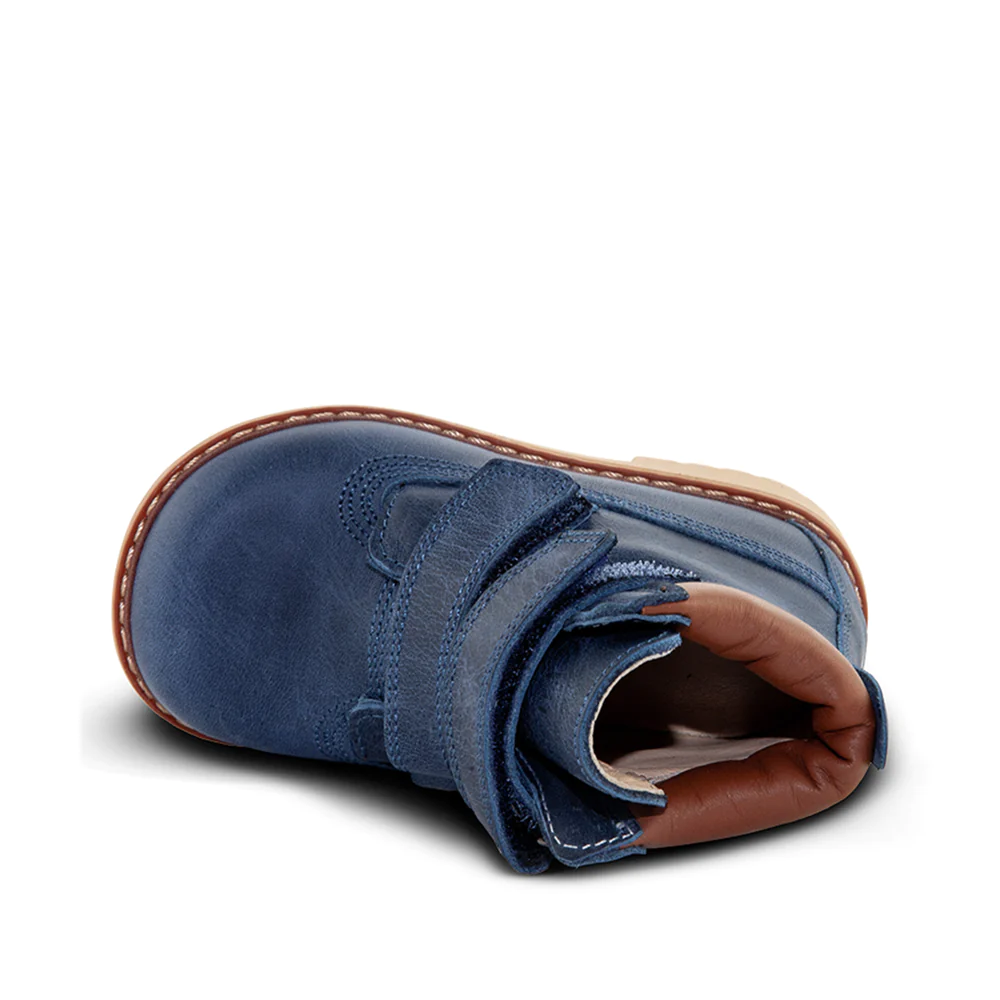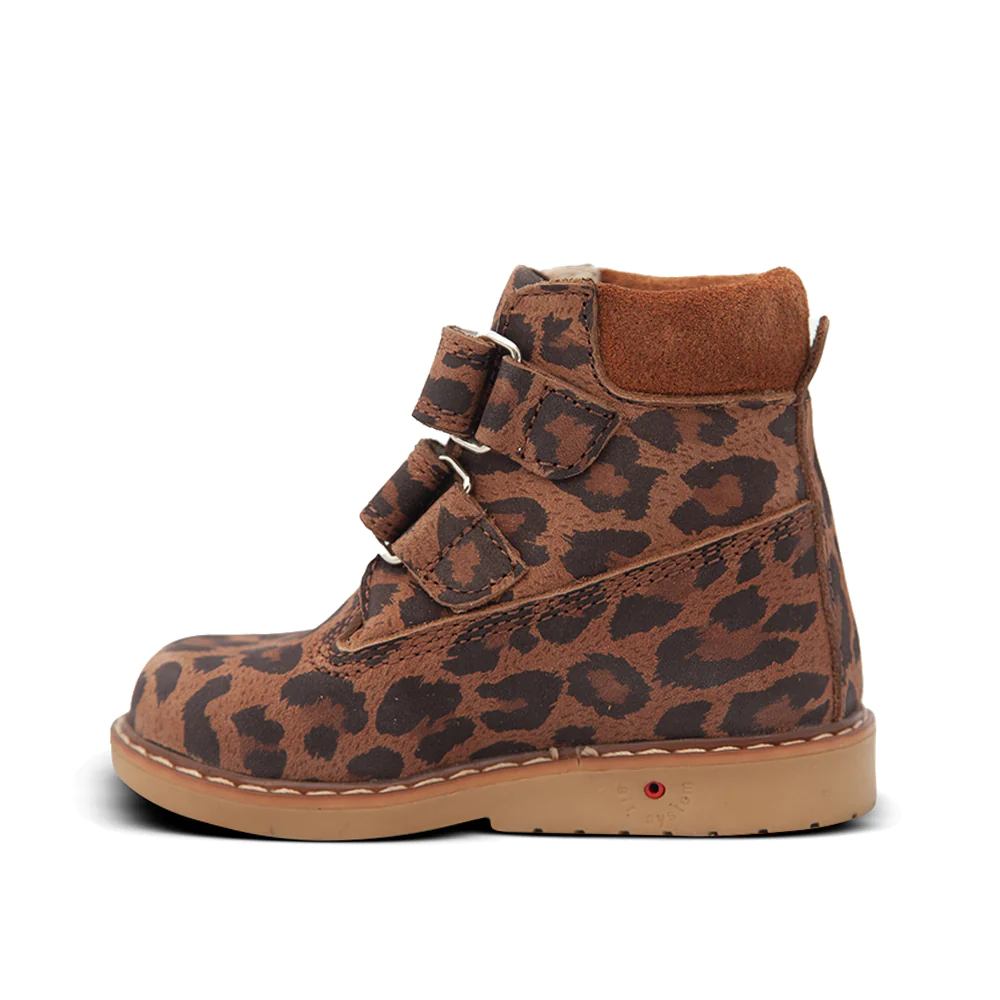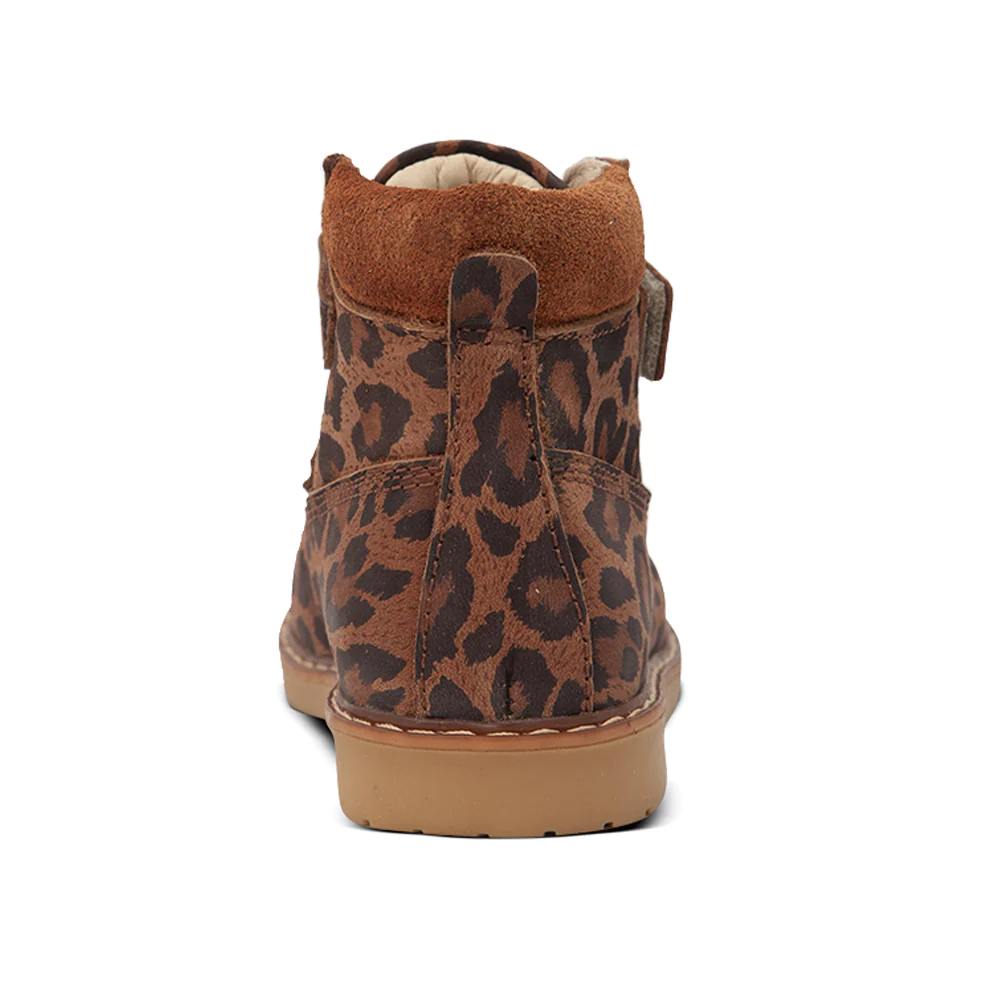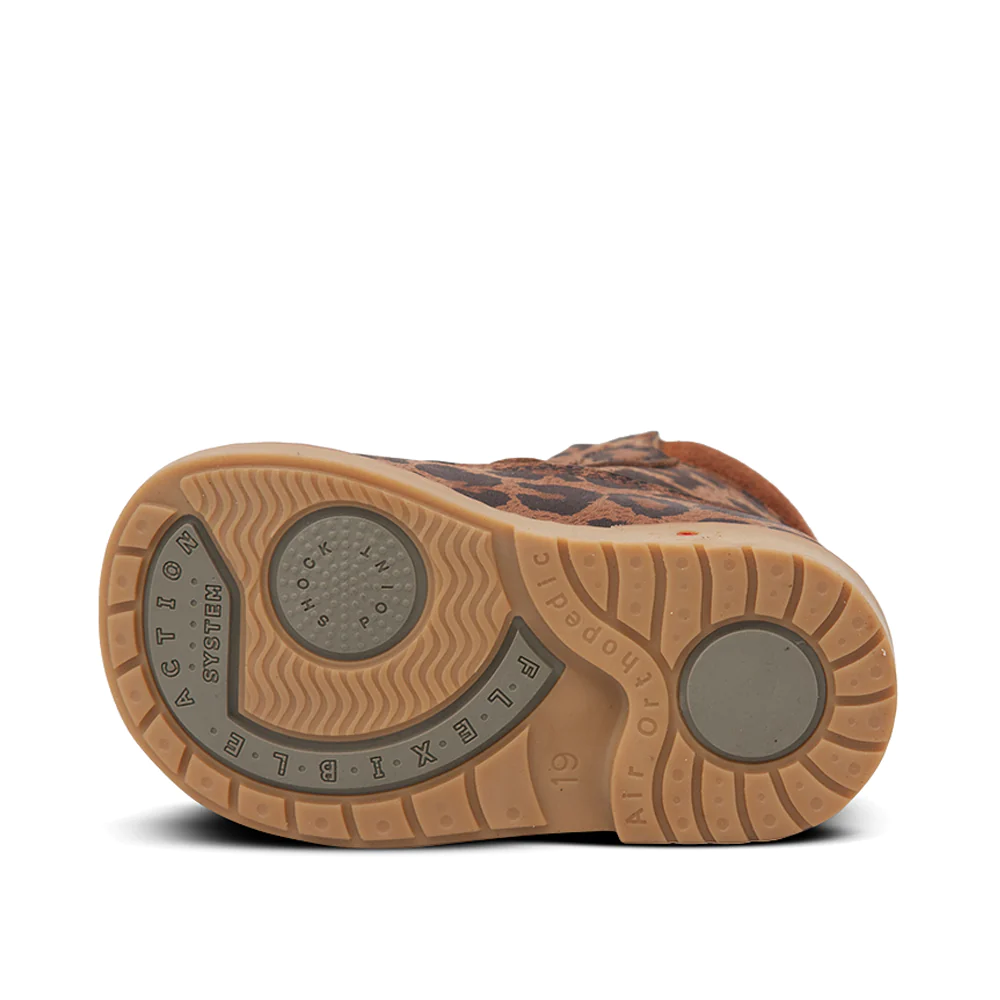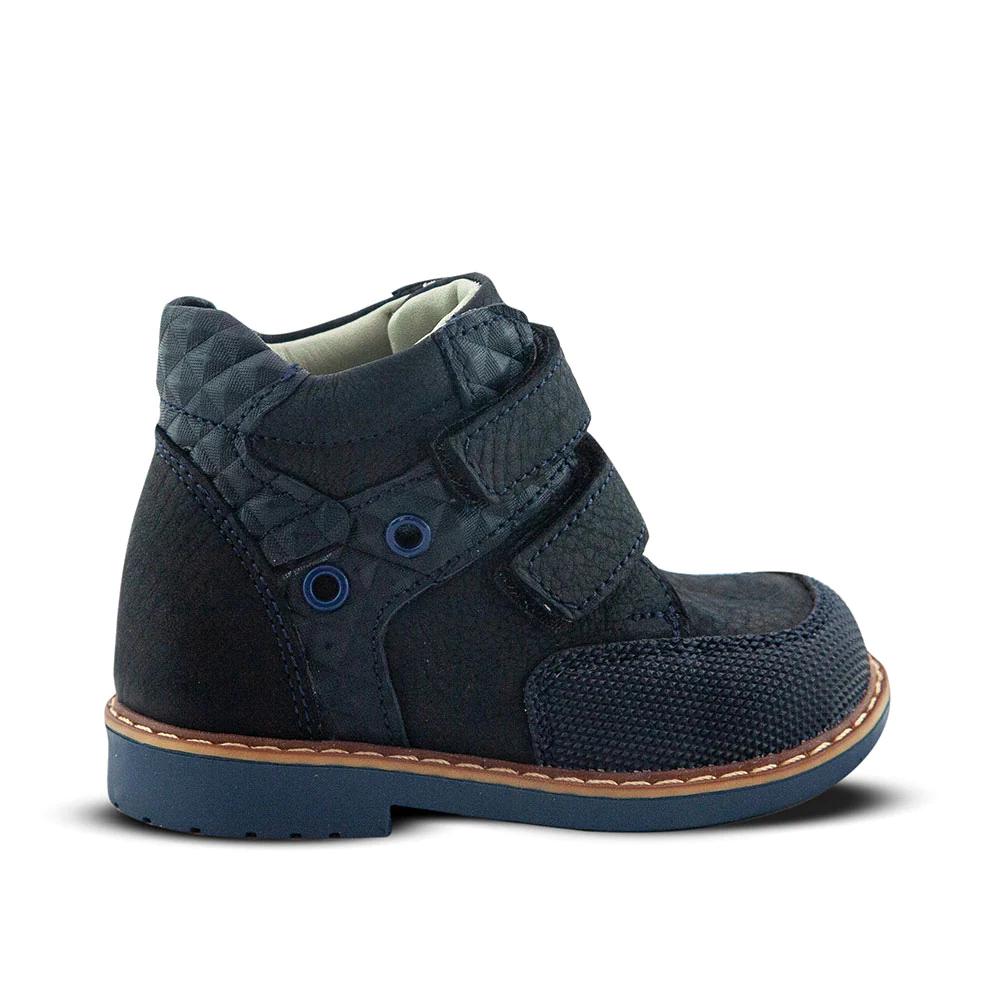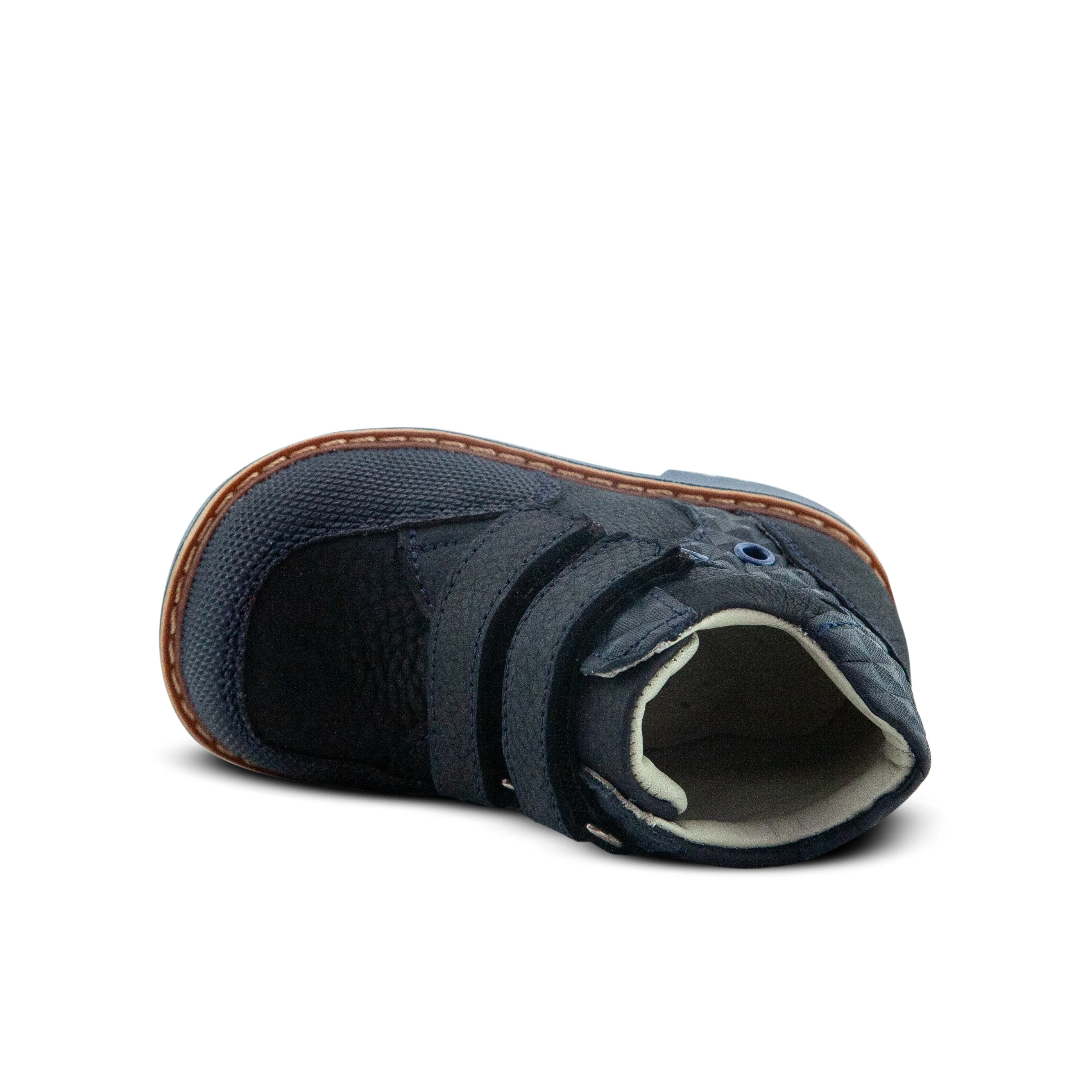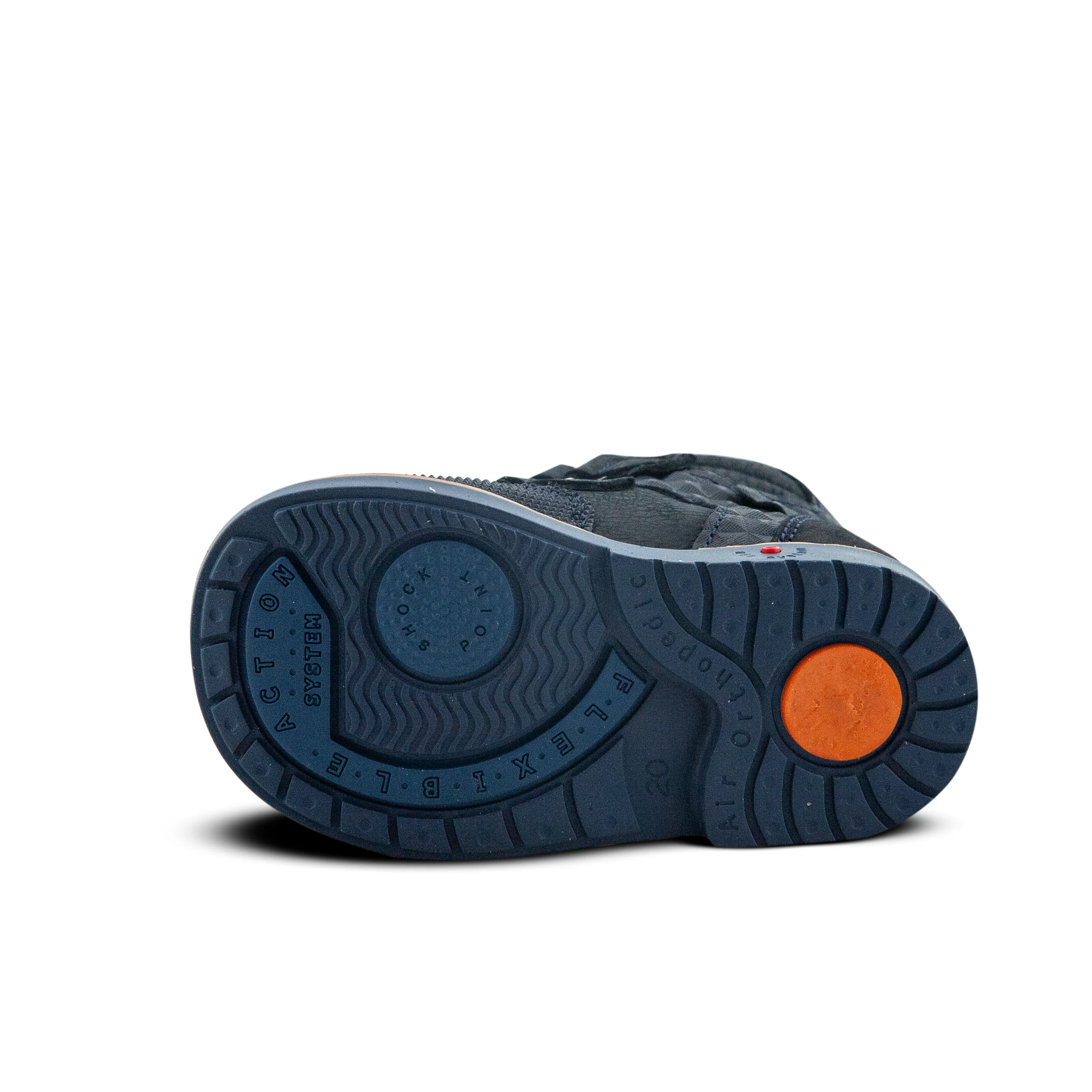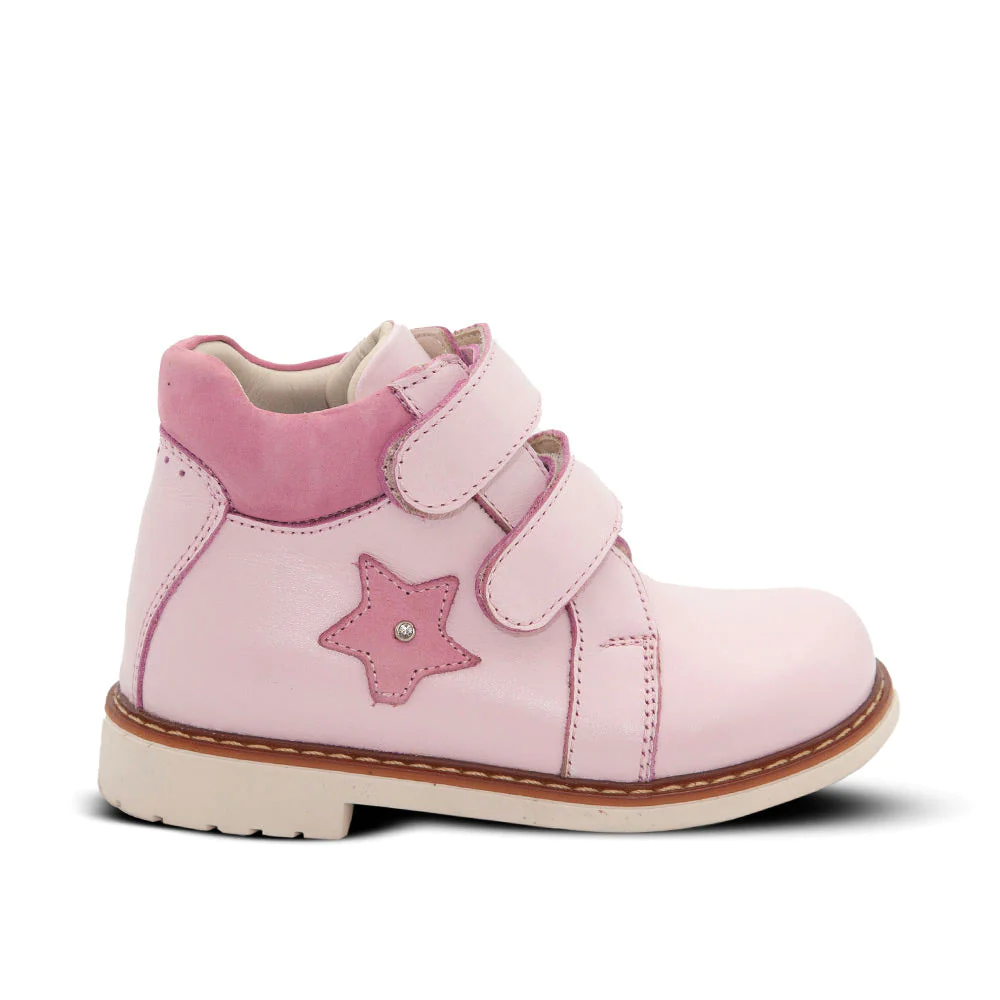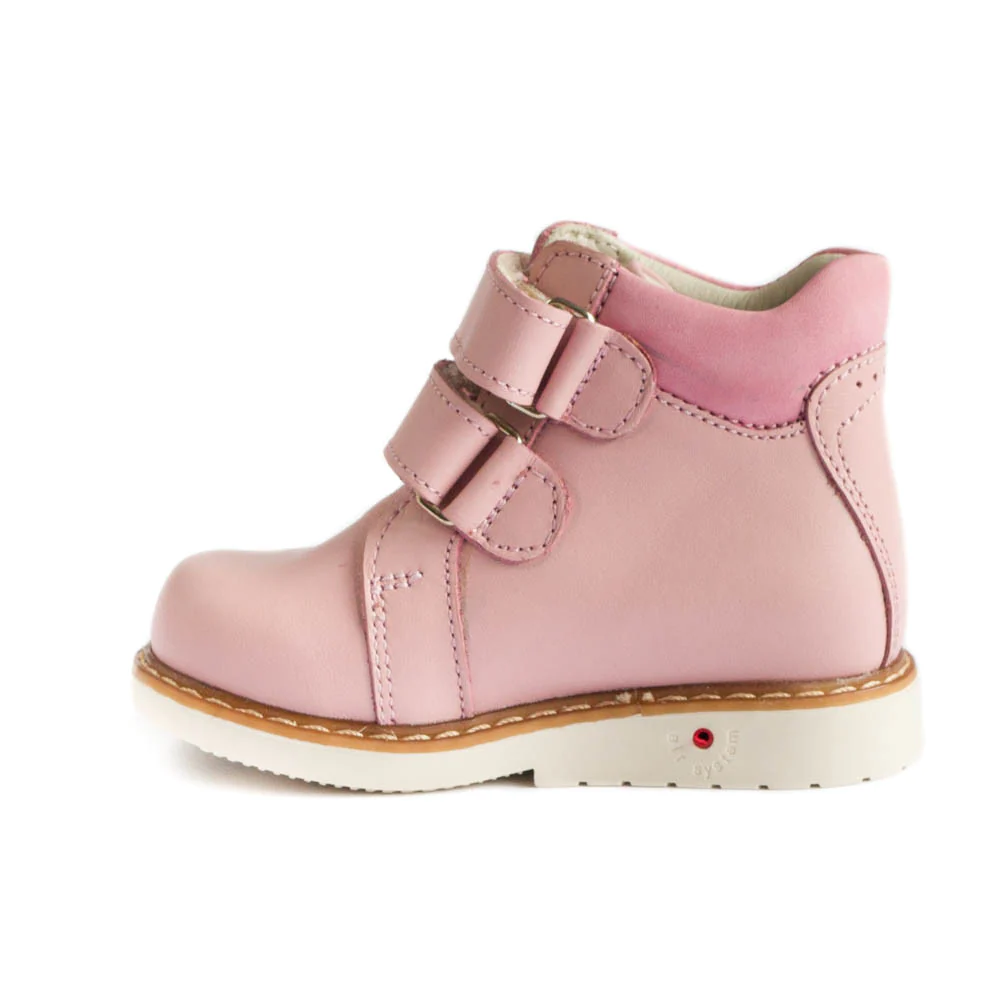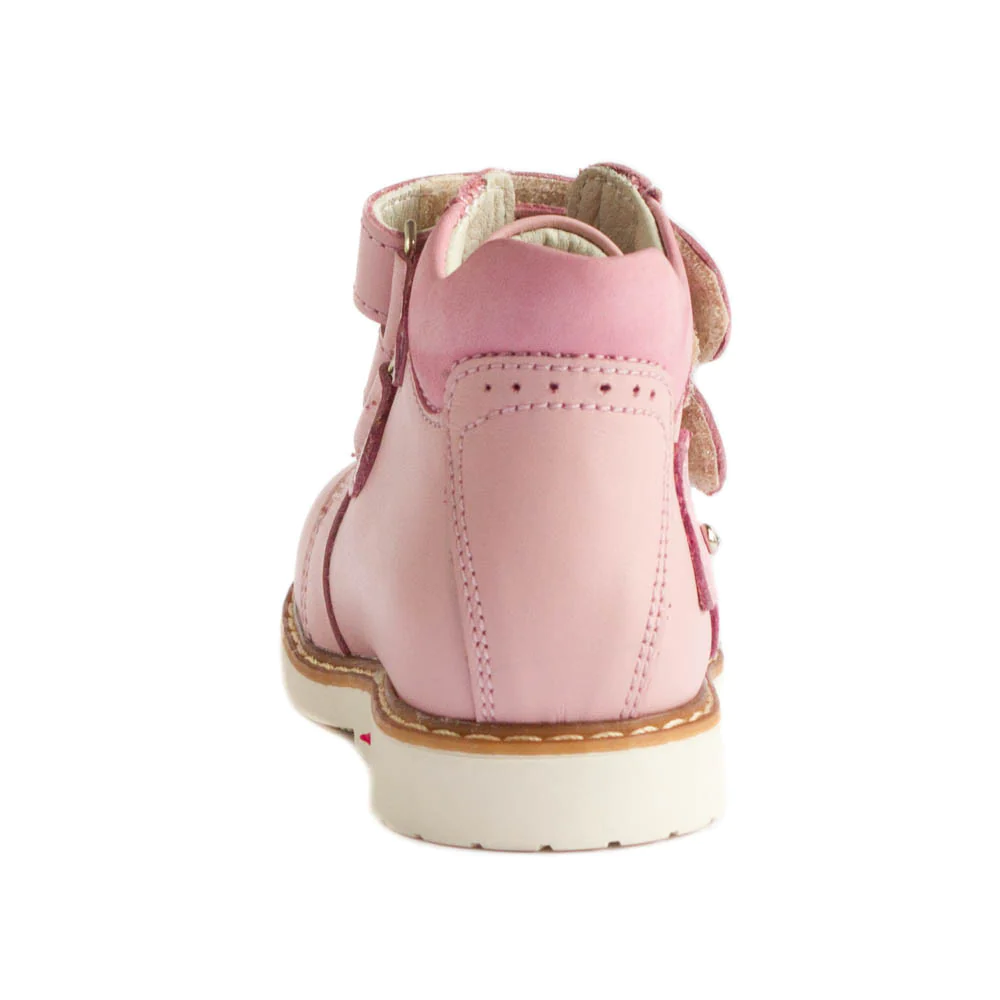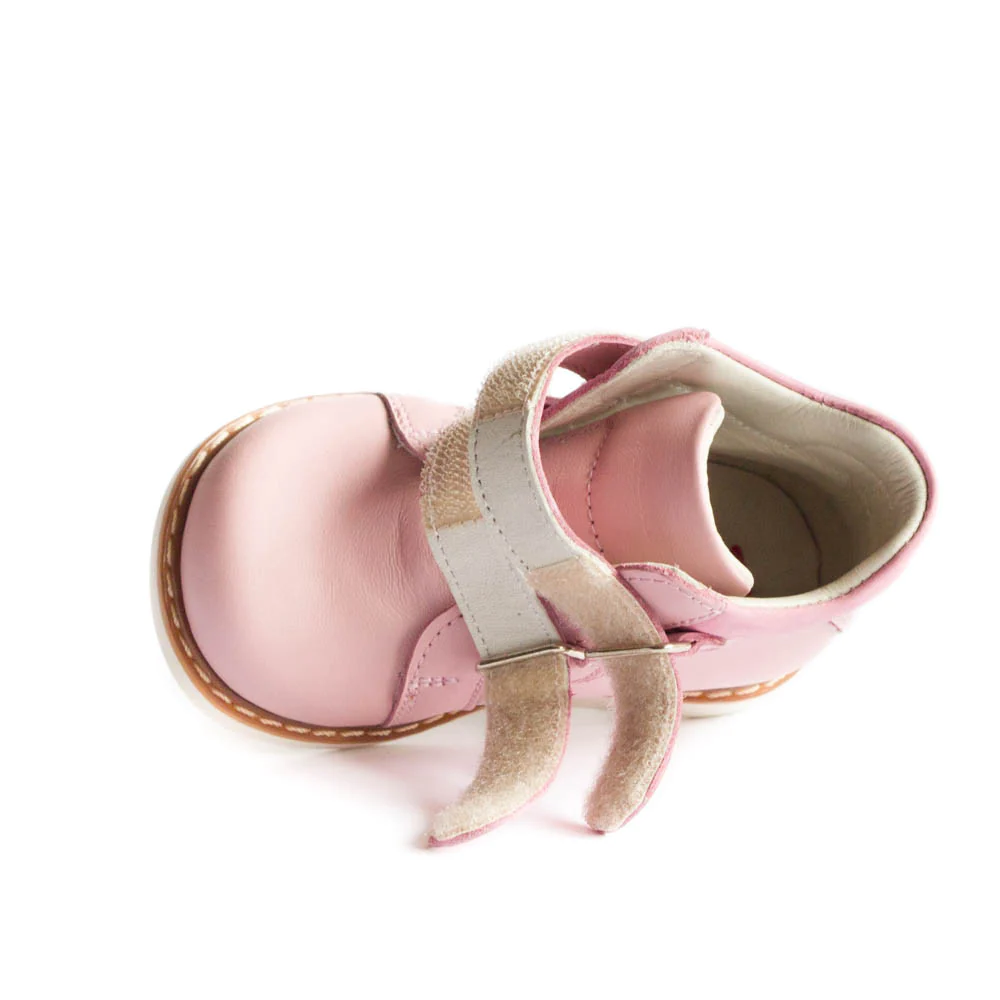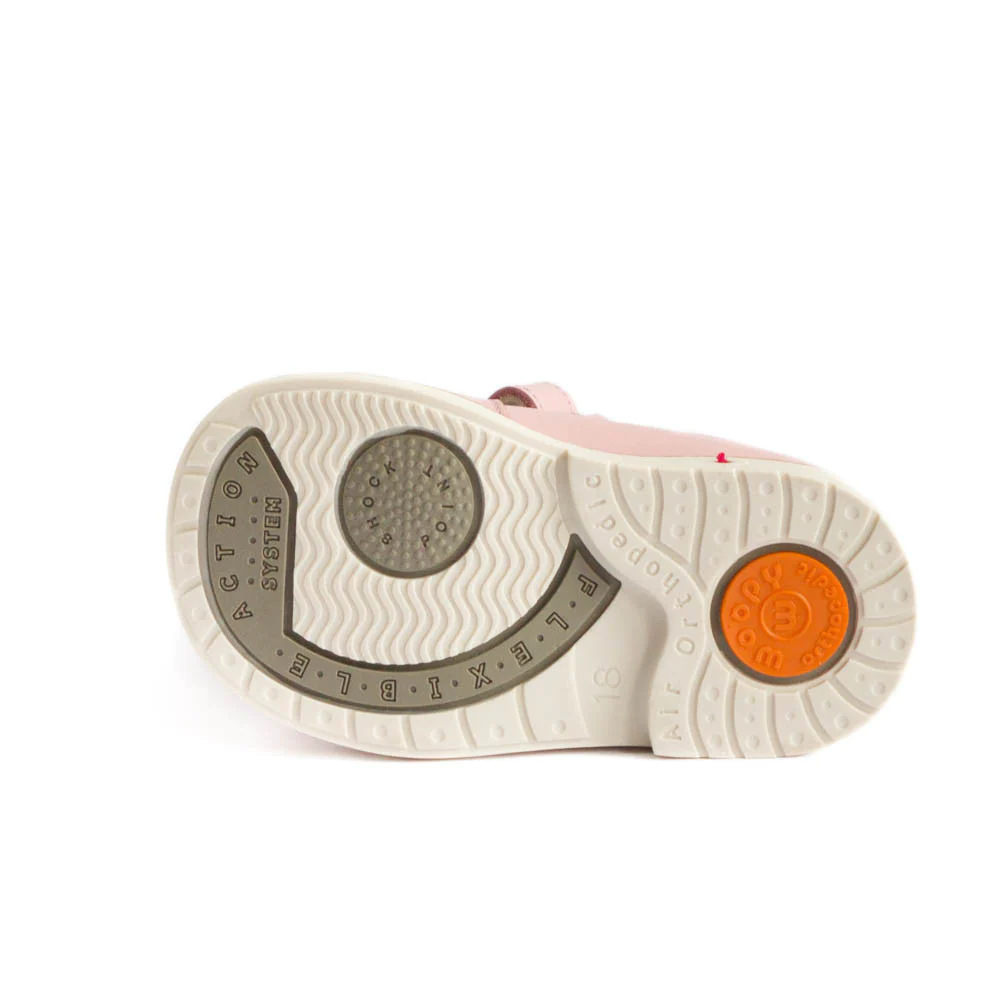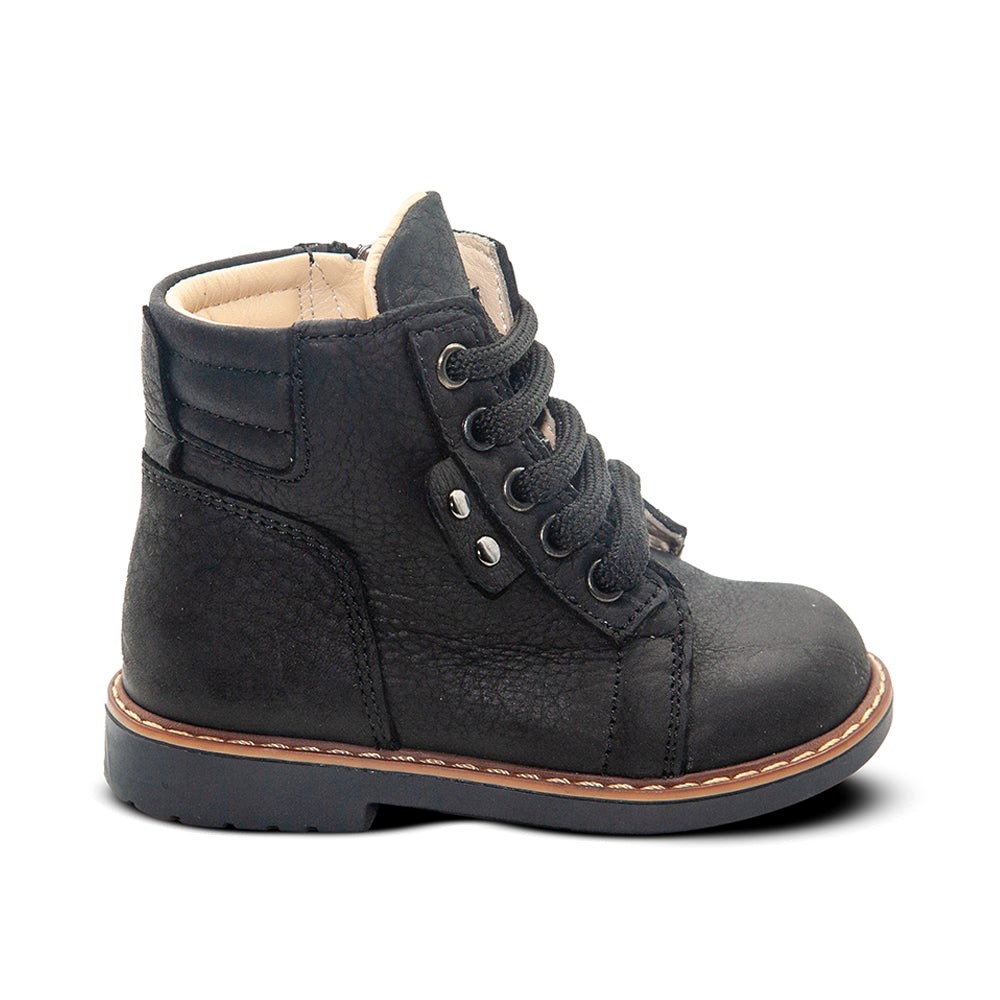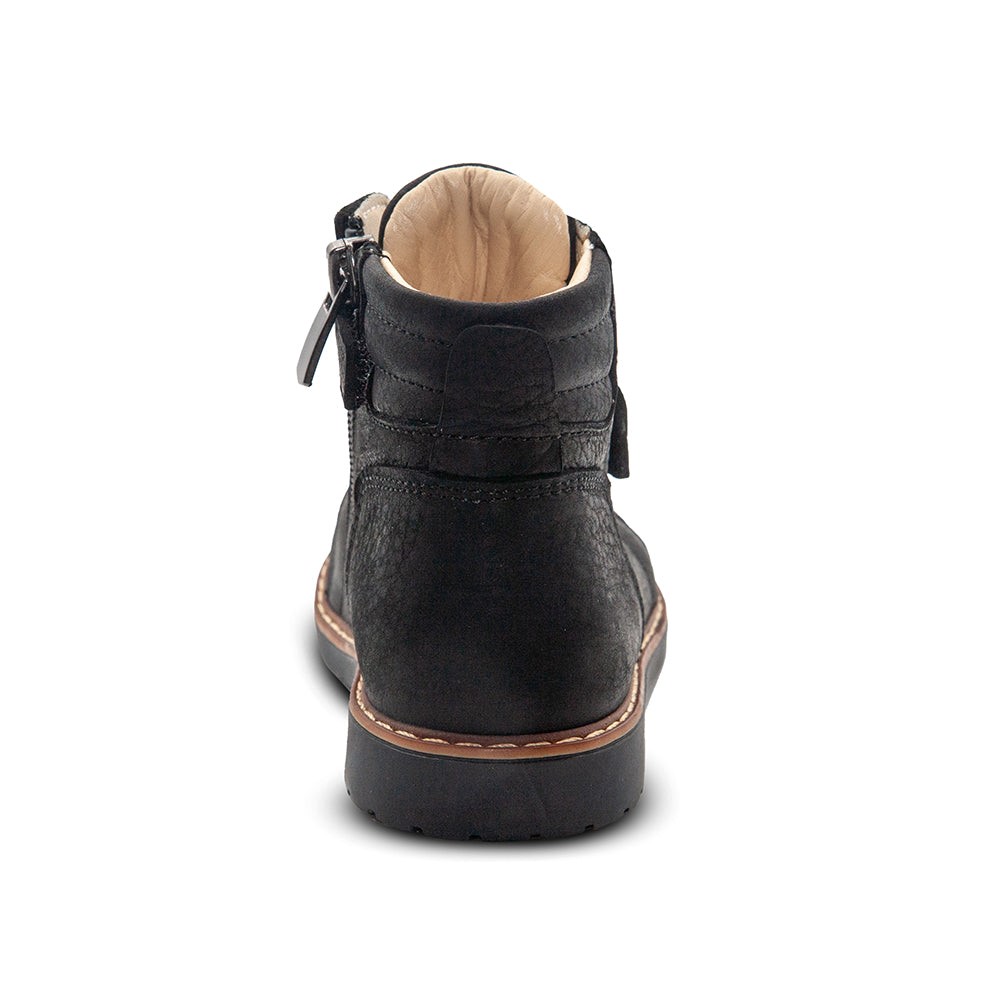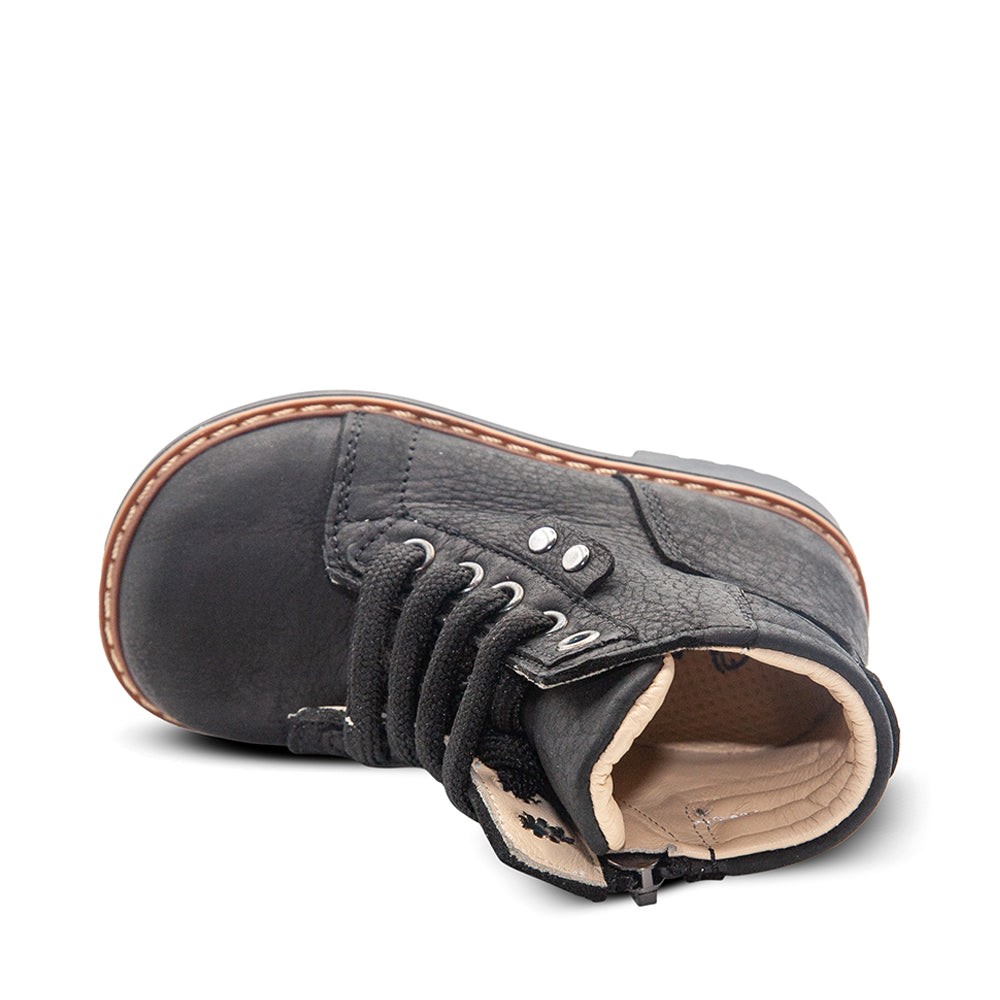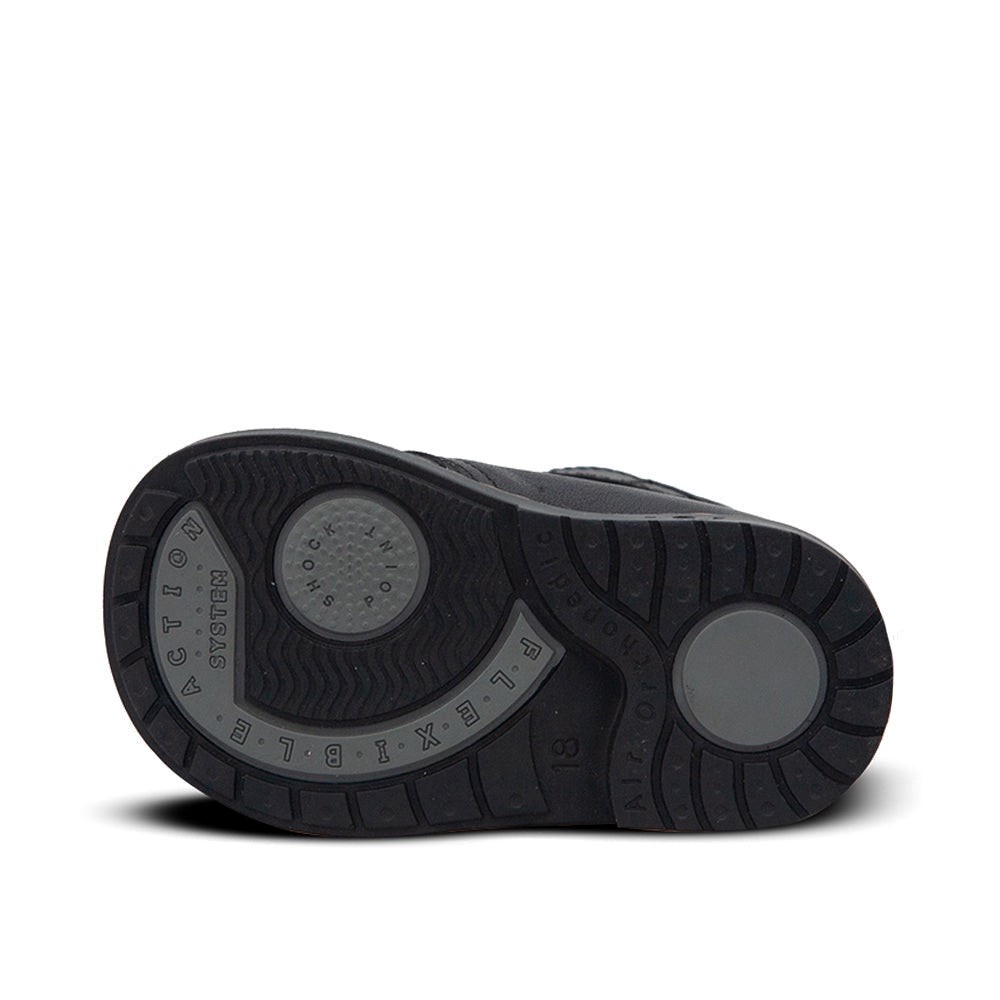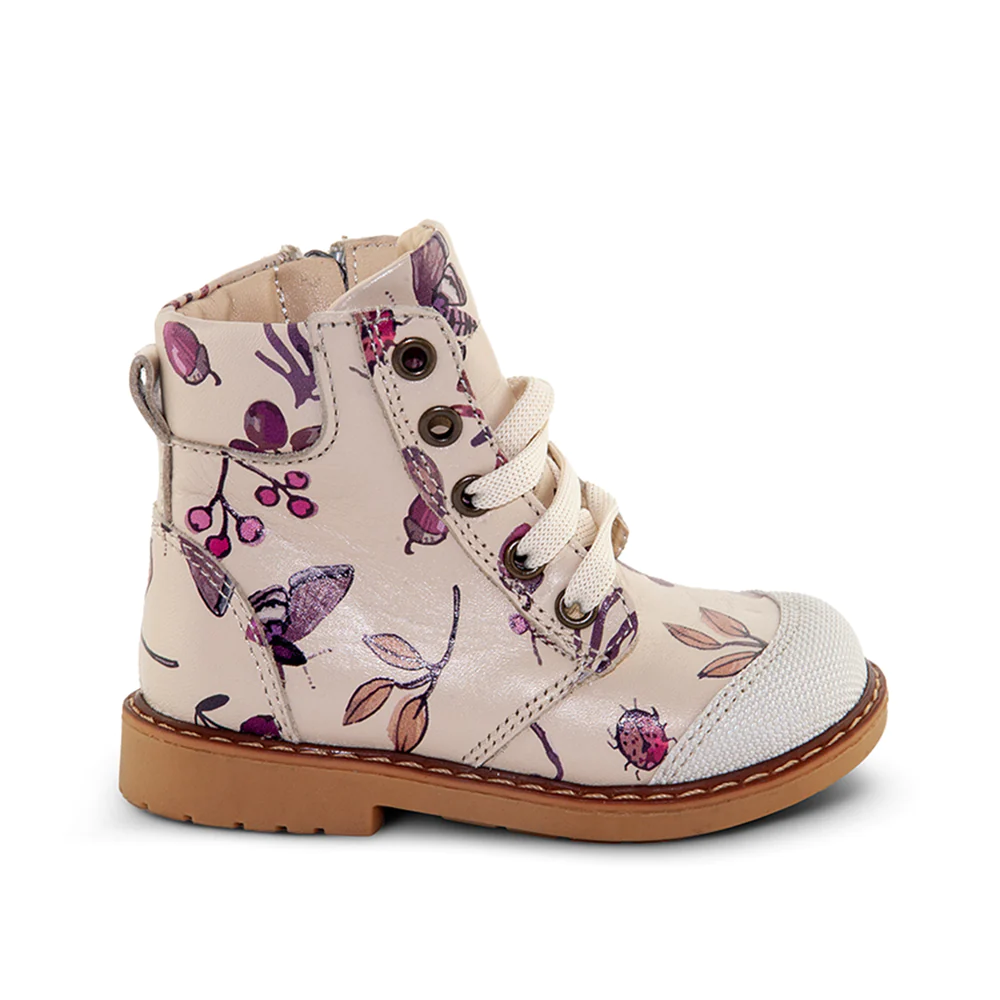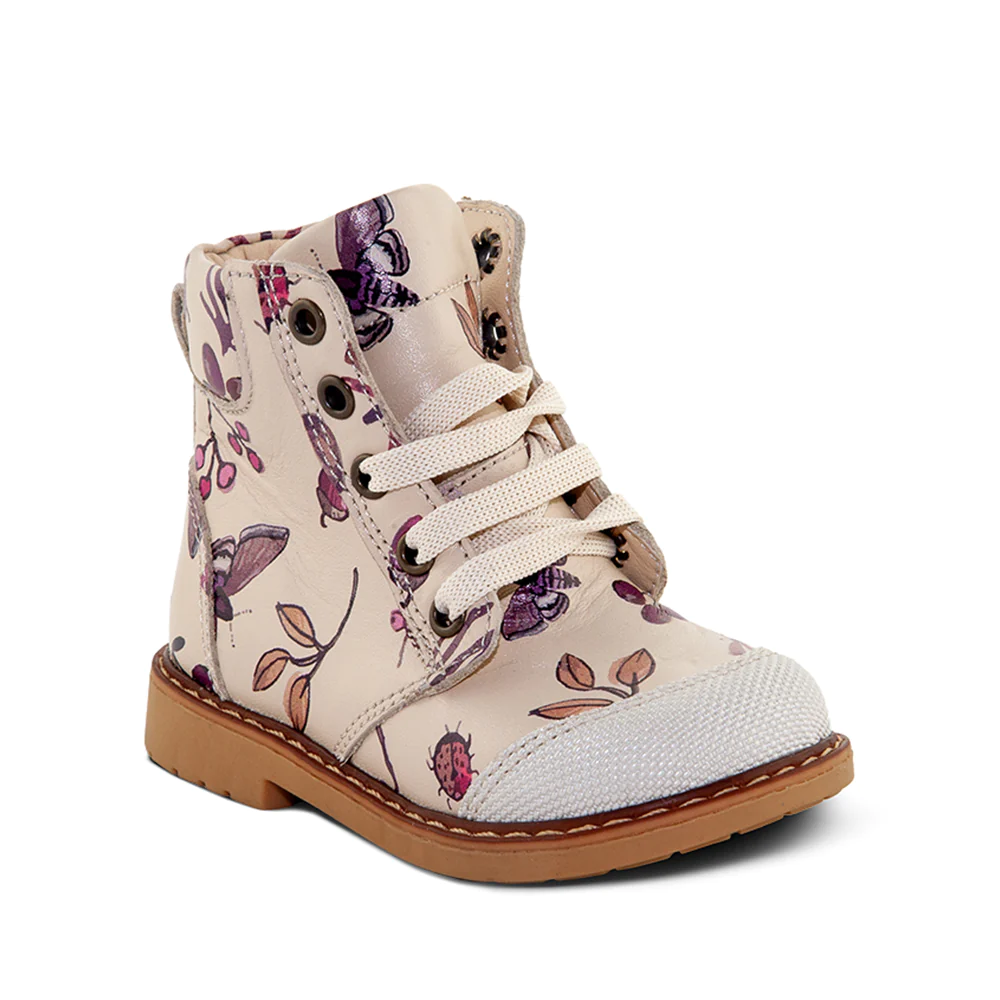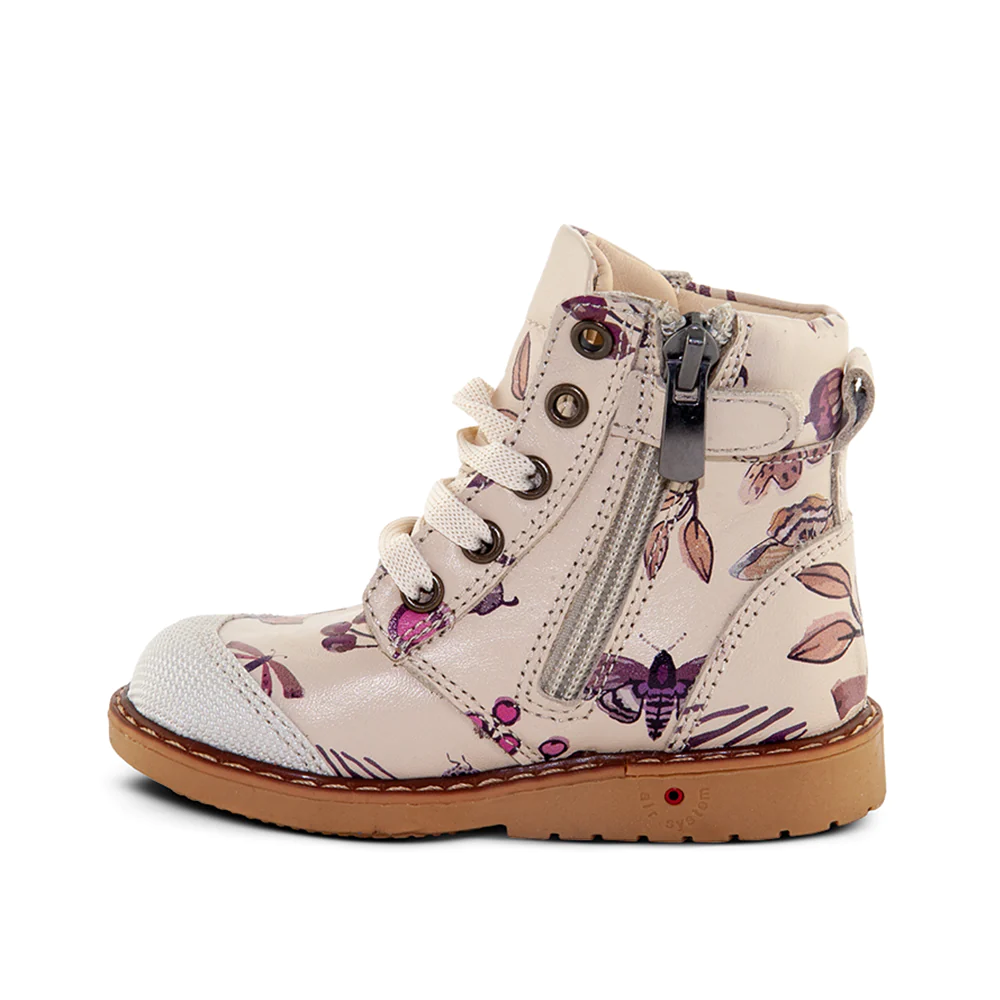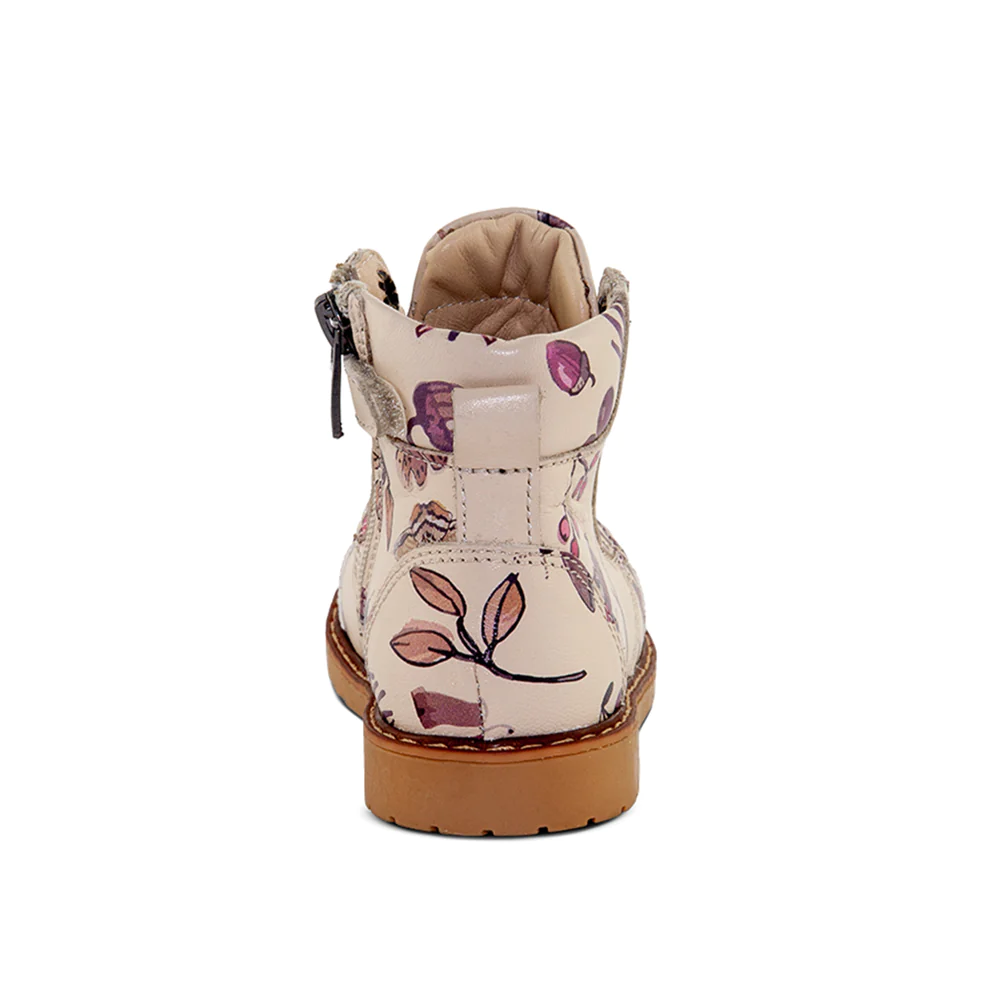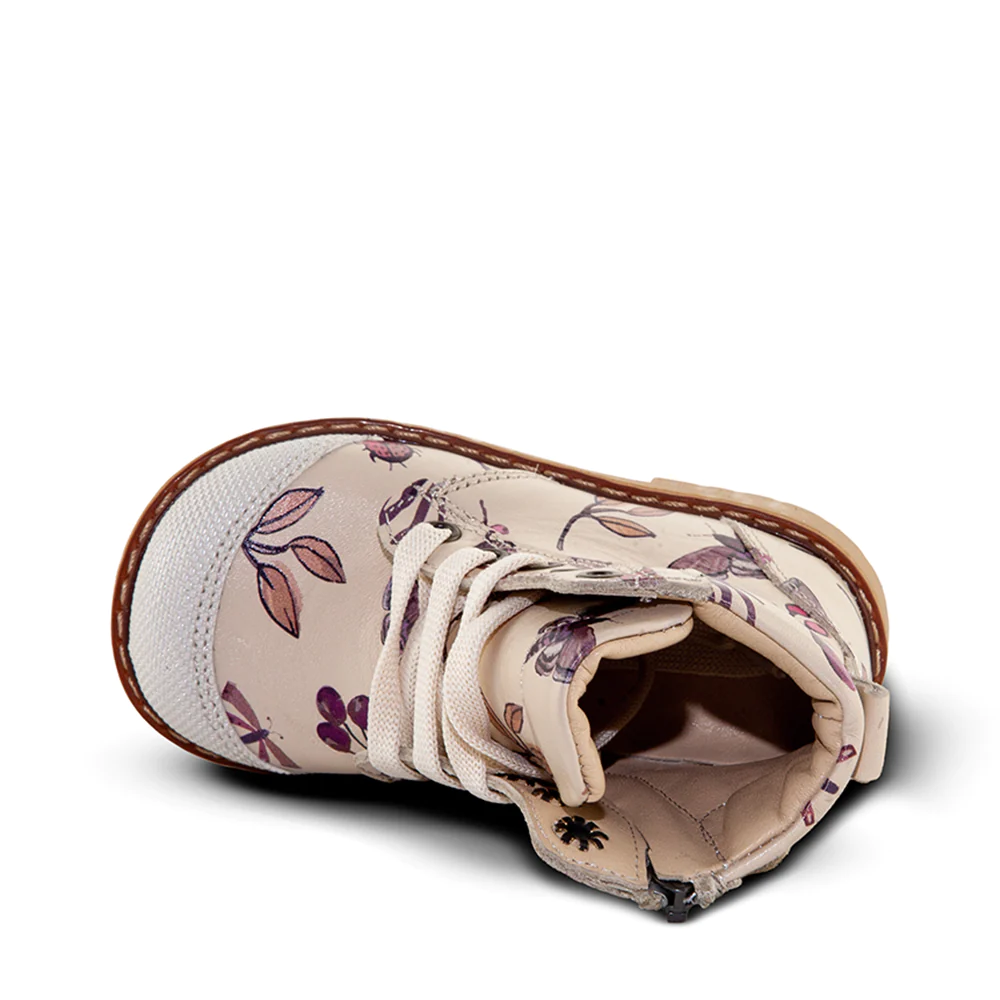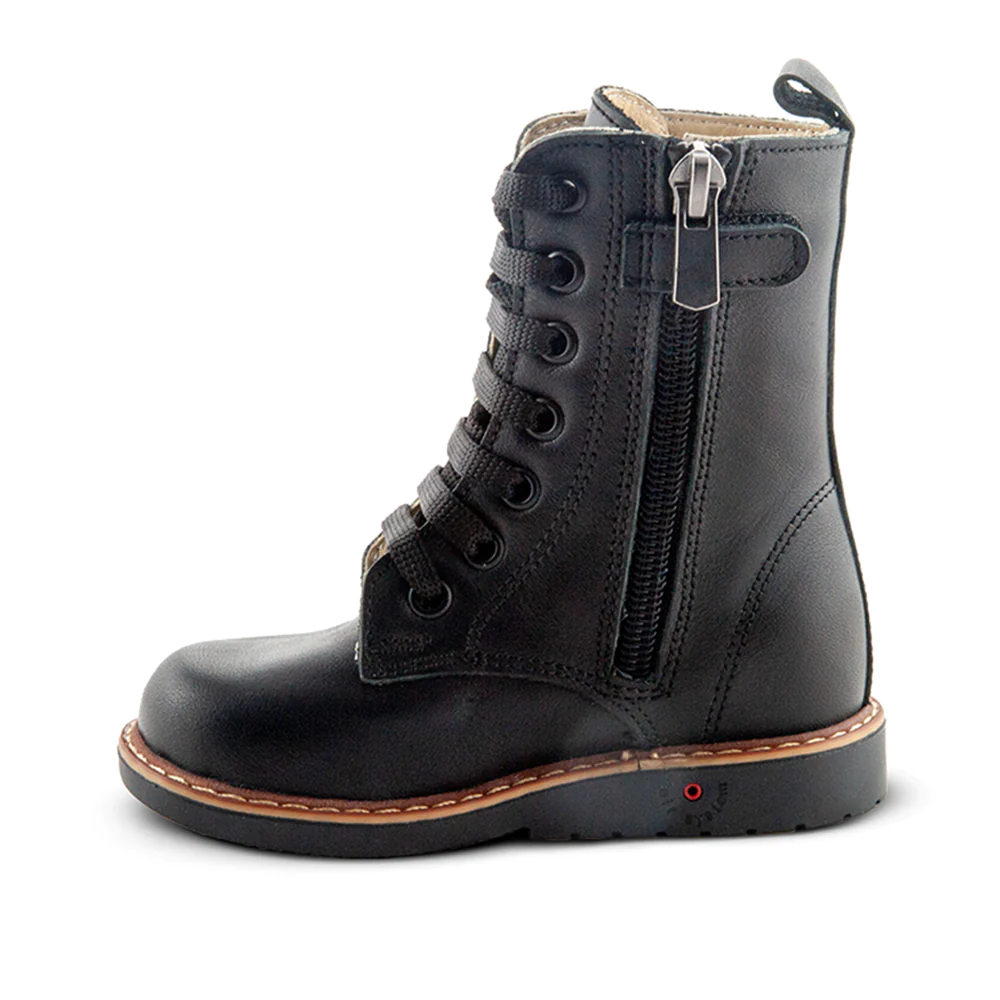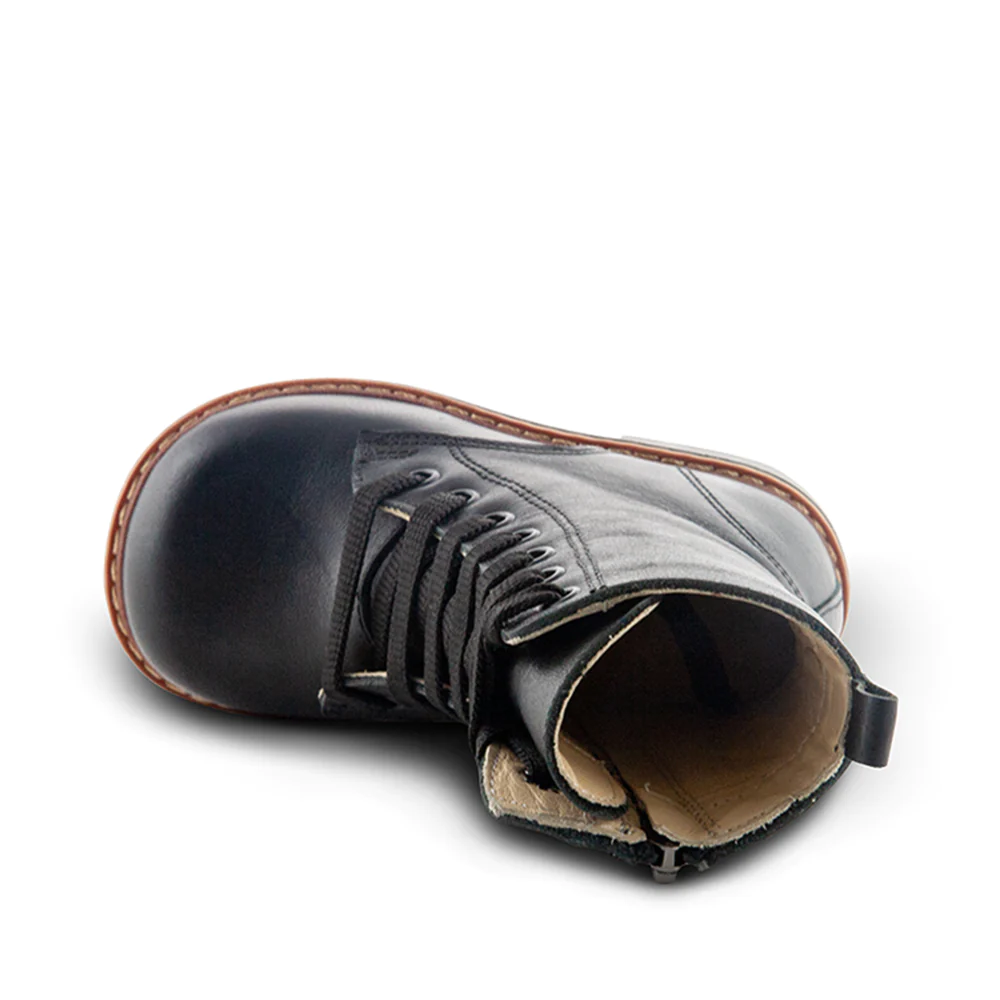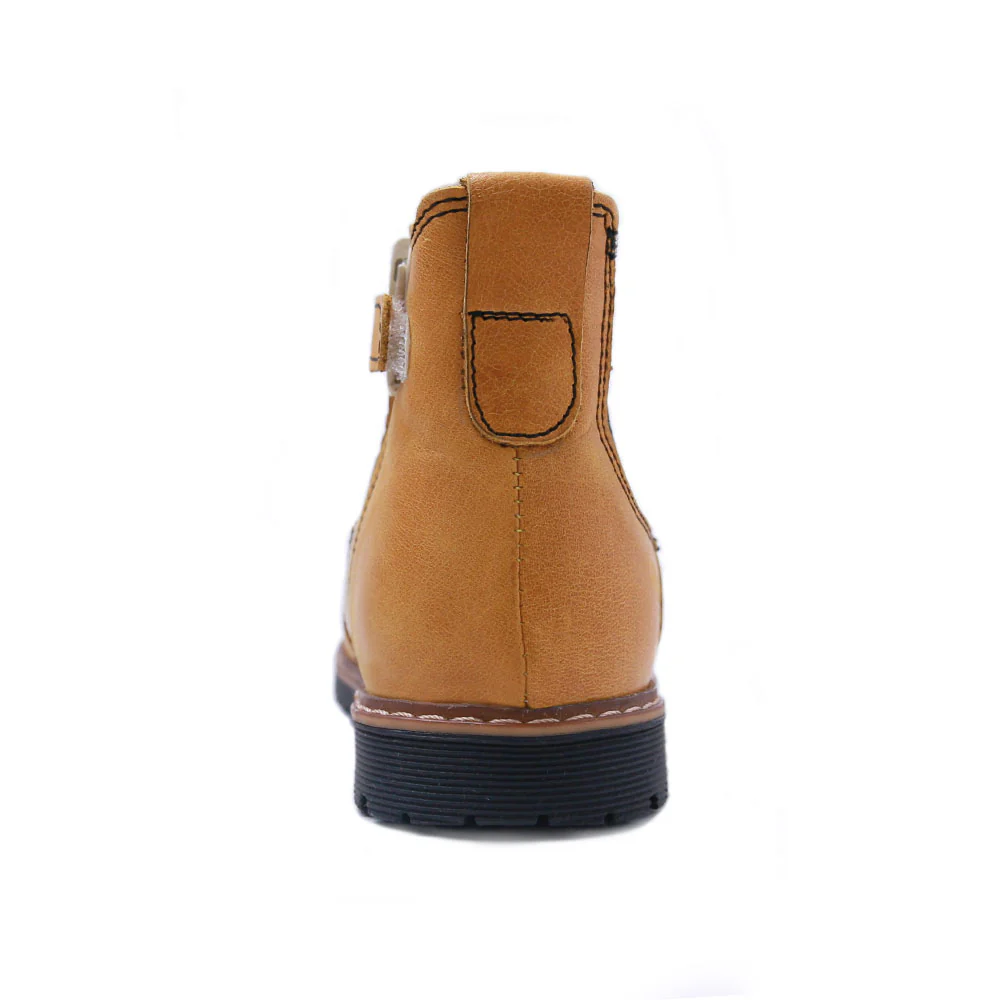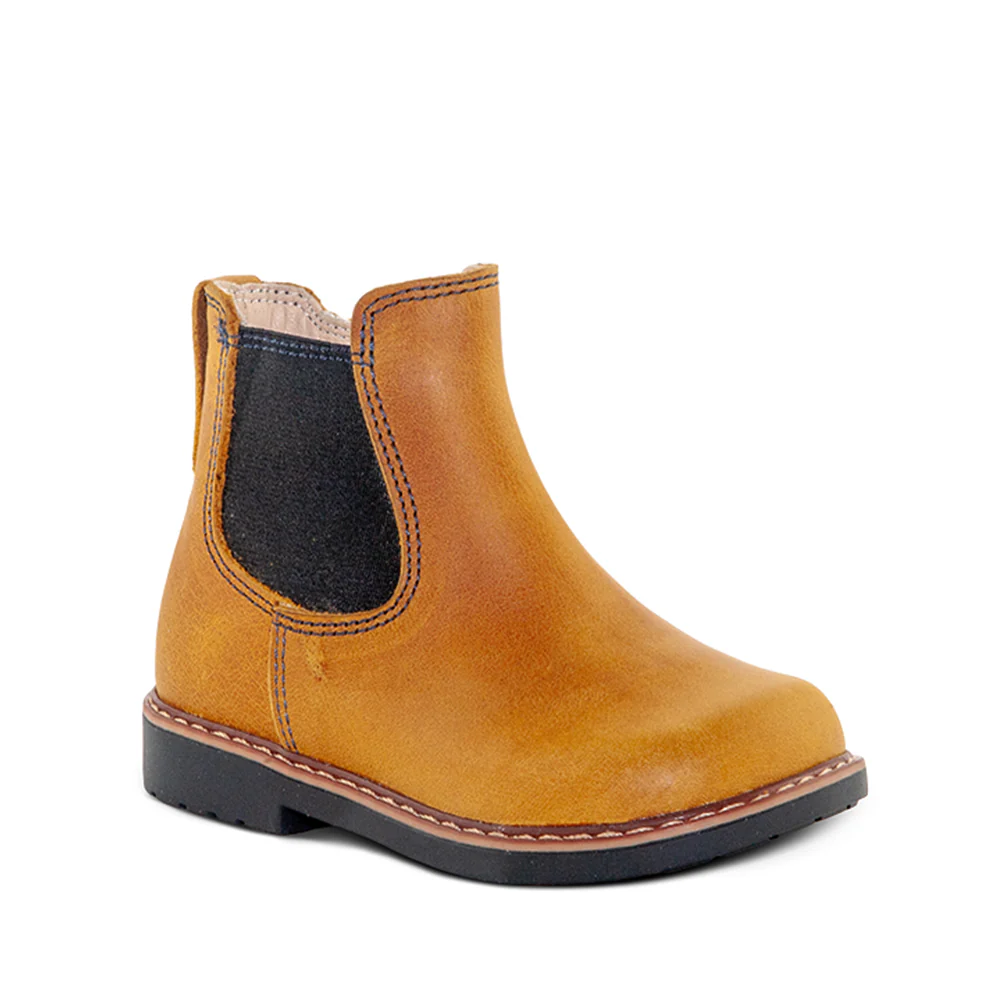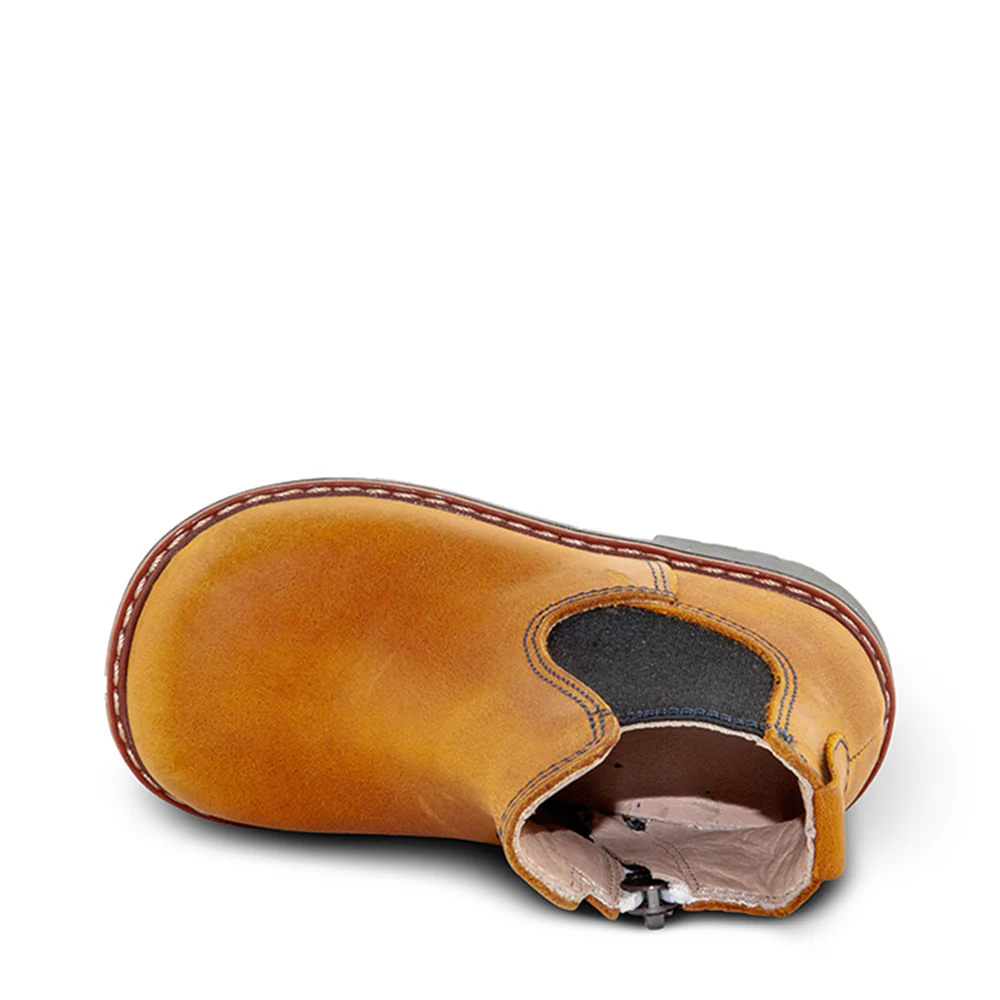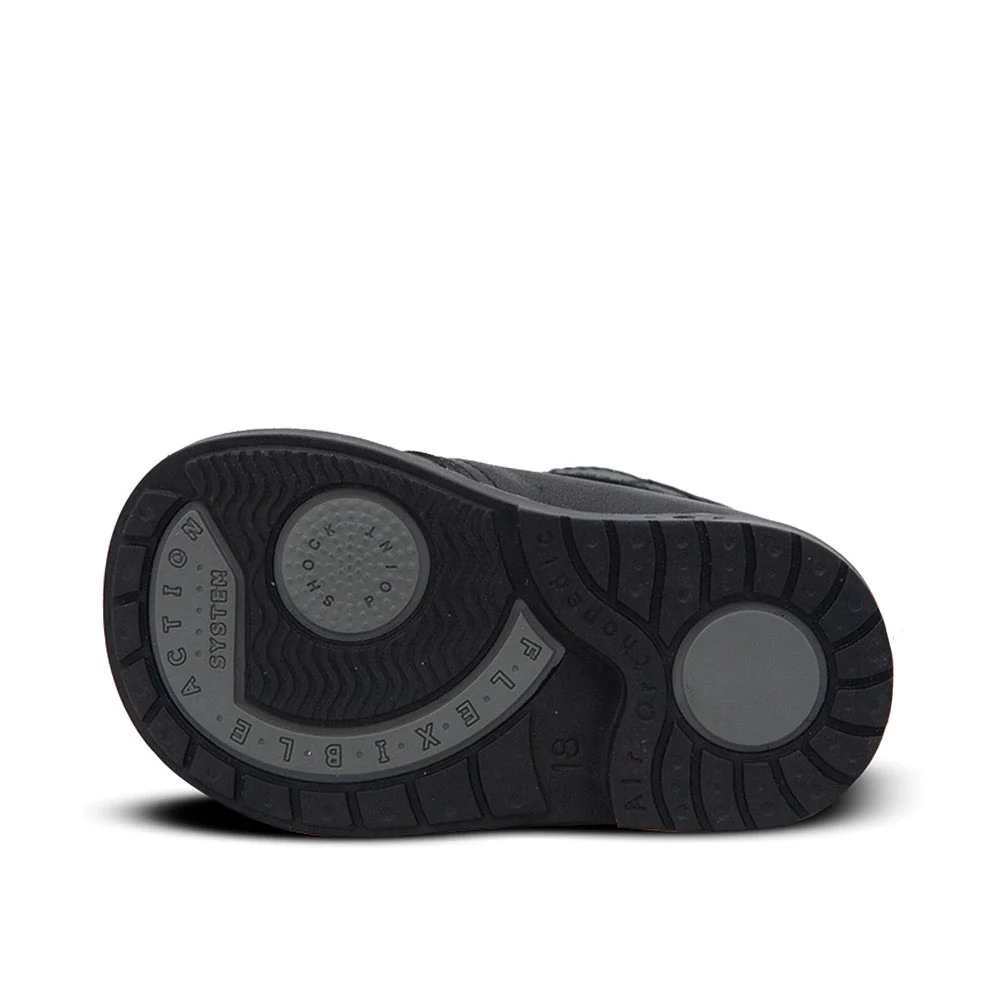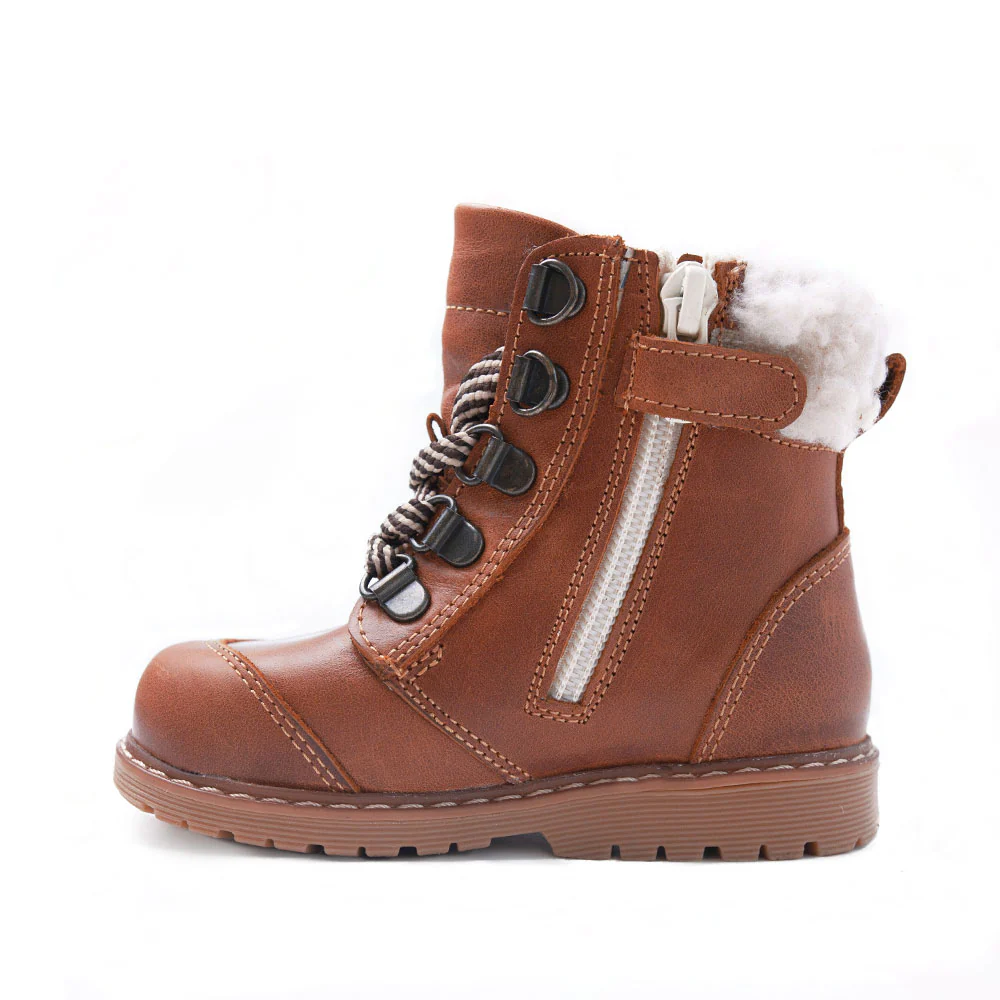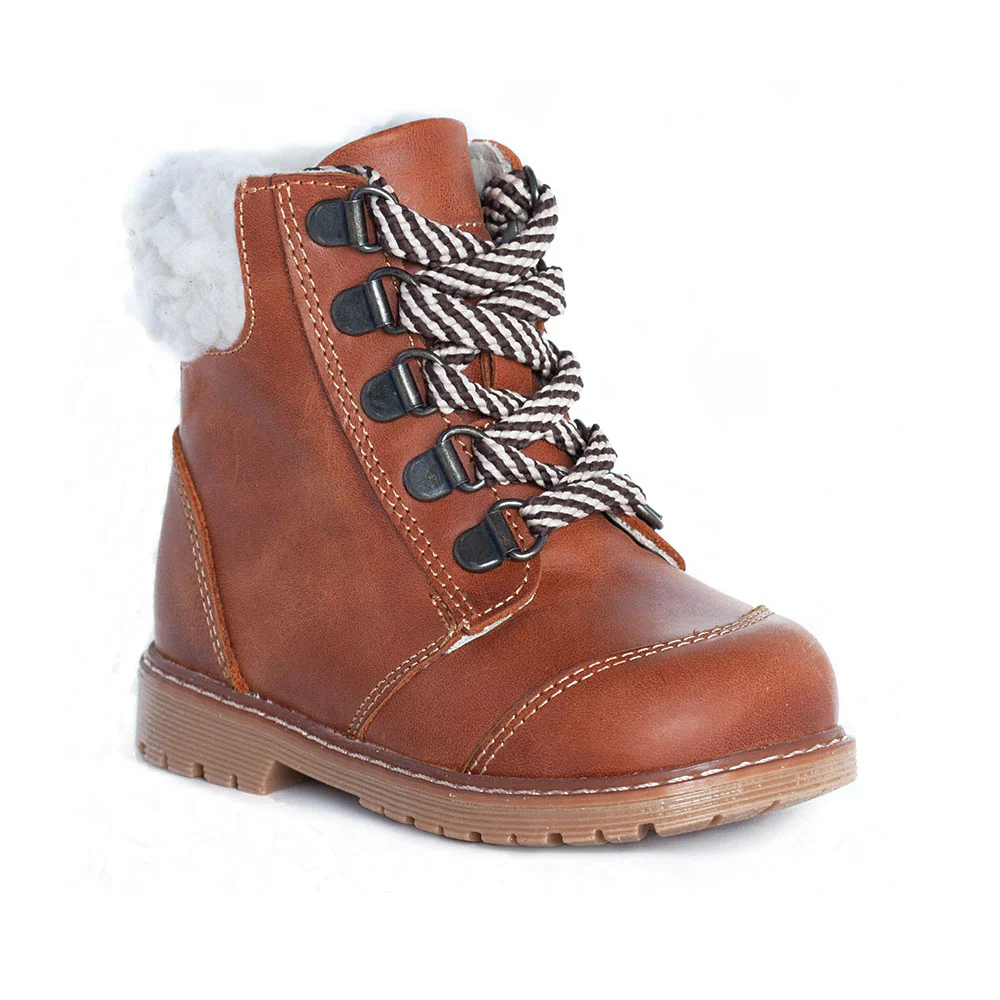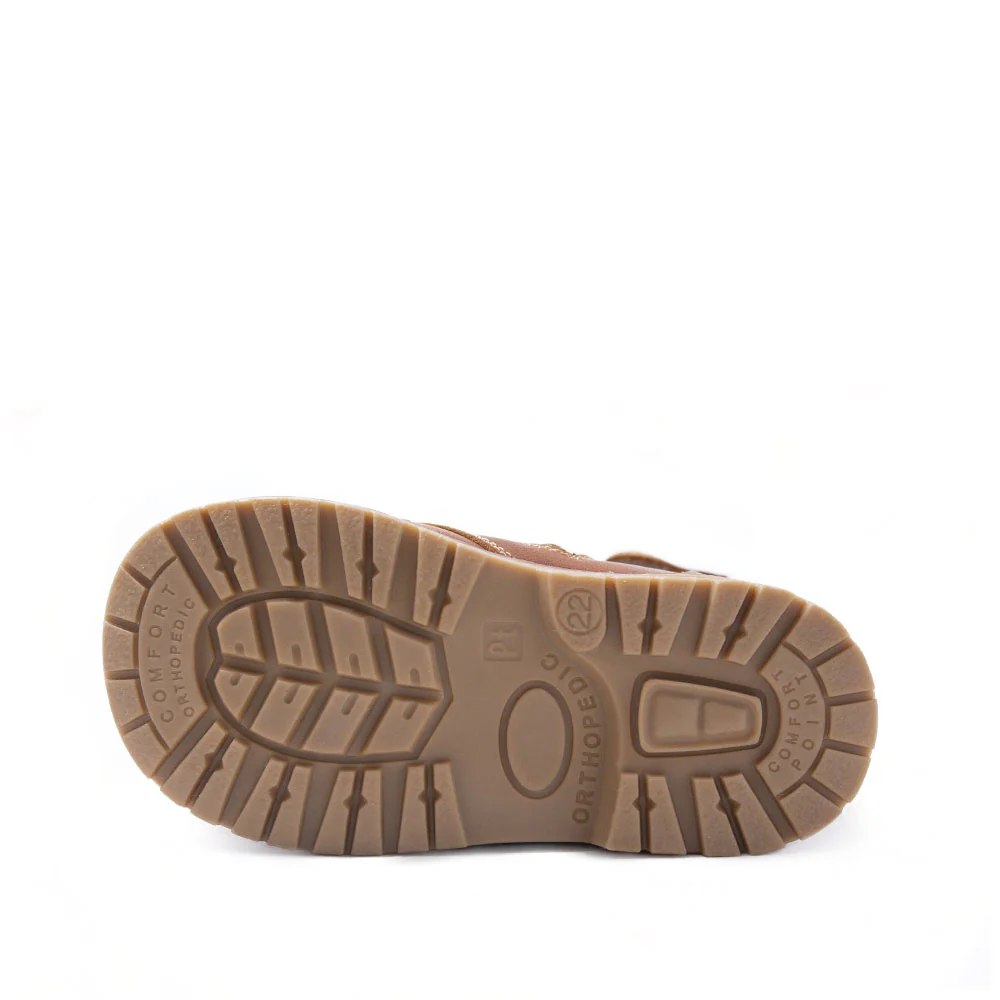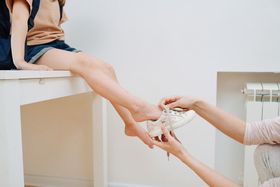10 Best Toddler Rain Boots for Dry and Happy Feet
The best toddler rain boots combine genuine waterproof construction with orthopedic features like arch support and non-slip soles. Look for adjustable closures, lightweight materials, and proper ankle support that accommodate growing feet while keeping toddlers safe on slippery surfaces.
Published November 5, 2025
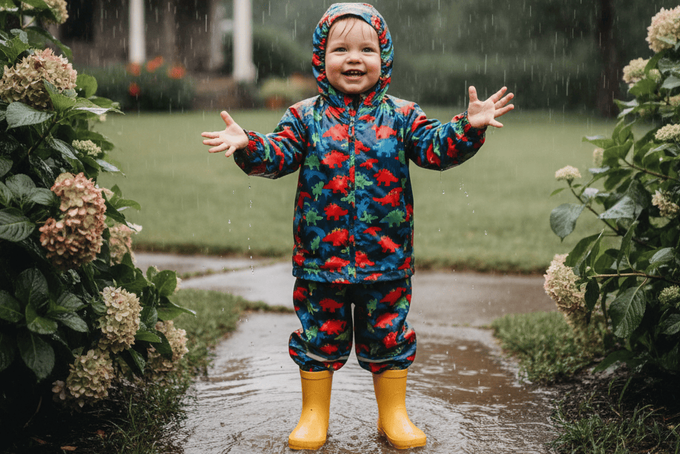
As soon as your toddler spots a puddle, you know they are about to make a splash. After all the fun is done, their socks are soaked, their feet are cold, and the rest of your outing is spent managing a cranky, uncomfortable child.
Rain boots are a simple solution, but finding the best toddler rain boots means looking beyond just waterproof materials. Your toddler's developing feet need proper support, their still-maturing balance requires non-slip soles, and their growing independence demands boots they can actually get on themselves.
Let's find boots that keep feet dry while supporting healthy foot development during every puddle-jumping adventure.
Our Top 10 Best Toddler Rain Boots
What to Look for in the Best Toddler Rain Boots
Genuine Waterproof Construction in Toddler Rain Boots
True waterproof materials like natural rubber, treated leather, or sealed synthetic compounds prevent moisture from reaching your toddler's feet. Look for seamless construction or welded seams rather than stitched joints where water sneaks through.
Boots labeled "water-resistant" aren't enough for toddler activities. Your child won't just walk through light drizzle—they'll sit in puddles, stomp through mud, and test every waterproof claim you believed. The best waterproof shoes maintain foot health by preventing the soggy socks that lead to cold feet and potential fungal infections.
Non-Slip Sole Design in Toddler Rain Boots
Deep tread patterns with multidirectional grooves provide essential traction on wet surfaces. Toddlers face significant balance challenges during wet conditions because they have foot development milestones to go through to master motor control.
Rubber compound soles outperform harder plastics for grip on slippery pavement, wet grass, and muddy terrain. The sole should extend slightly beyond the boot's upper edge to prevent slipping when your toddler steps on uneven surfaces. Effective tread design directly addresses the fall risks that come with toddlers' still-maturing spatial awareness.
Proper Fit and Sizing in Toddler Rain Boots
Toddler rain boots need about a thumb-width of space at the toe for growth and thick sock accommodation without being so loose that they create tripping hazards. Shoes with wide toe boxes allow natural foot movement and prevent the pressure points that cause complaints during extended wear.
The boot should fit snugly around the ankle to prevent water entry while allowing easy on-off capability. Proper sizing ensures boots won't slip off in mud or during active play.
Easy On-Off Features in Toddler Rain Boots
Pull-on handles, wide openings, and simple closure systems like shoes with Velcro closures, accommodate toddlers' limited fine motor skills and growing desire for independence. Boots that need complex lacing or tight elastic create frustration and dependency on adult assistance during rushed morning routines.
Reflective tabs or bright pull handles help small hands locate and grasp boots correctly. User-friendly design encourages consistent boot wearing, which is essential for maintaining dry feet throughout rainy day activities.
Lightweight Materials in Toddler Rain Boots
Heavy boots cause fatigue and alter natural walking patterns, causing gait abnormalities in toddlers. Lightweight construction prevents the clunky, awkward movement that increases fall risk when navigating stairs, playground equipment, or uneven terrain.
Materials should balance durability with weight considerations, ensuring boots withstand toddler wear patterns without creating unnecessary burden on developing leg muscles and coordination skills.
Adequate Height Coverage in Toddler Rain Boots
Mid-calf or knee-high designs provide protection when toddlers inevitably step into deeper puddles or sit in wet grass during outdoor exploration. Higher coverage prevents water from entering over the boot top during enthusiastic splashing or when pants ride up during active play.
The height should accommodate tucking in rain pants while remaining comfortable for walking and running. Strategic height protects against the unpredictable water encounters that define toddler outdoor adventures.
10 Best Boots For Kids in Rainy Weather
Why Toddlers Need Different Shoes for Different Activities
Your toddler's feet are building the foundation for a lifetime of movement. Different activities place different demands on developing feet, and the right footwear supports healthy growth during each type of play.
Rain boots aren't just about keeping feet dry; they're about maintaining the proper support and stability toddlers need even in wet conditions. Slippery surfaces, muddy terrain, and unpredictable puddles all challenge your toddler's still-developing balance and coordination. The wrong boots can actually interfere with the motor skills they're working so hard to master.
Orthopedic rain boots combine weather protection with developmental support. Features in shoes with arch support, heel stabilization, and proper ankle coverage don't disappear just because it's raining. In fact, they become even more crucial when surfaces are slippery and footing is uncertain.
First Walkers designs every boot with both protection and proper development in mind. Our orthopedic features—Thomas heels, built-in arch support, shock-absorbent soles—work together to support natural foot development while keeping feet dry during wet-weather adventures.
Keeping Little Feet Dry and Healthy
Finding the best toddler rain boots means looking beyond cute designs to features that actually matter: waterproof construction, non-slip soles, proper ankle support, and orthopedic features that support healthy development. Your toddler's growing feet need boots that accommodate rapid growth while providing the stability essential for navigating slippery surfaces.
From all-around versatile options like the Dacota Trinket to specialized fits for wide feet like the Urban Stride or Amanda Sherwood for narrow feet, proper rain boots make wet-weather exploration safe and comfortable. Features like adjustable closures, breathable materials, and lightweight construction ensure boots stay on, feel good, and support natural movement.
Don't compromise between weather protection and proper foot support; choose the best for your little one.
References
Wang, Y., Jiang, H., Yu, L., Gao, Z., Liu, W., Mei, Q., & Gu, Y. (2023). Understanding the role of children’s footwear on children’s feet and GAIT Development: A Systematic scoping review. Healthcare, 11(10), 1418. https://doi.org/10.3390/healthcare11101418
Disclaimer: First Walkers' information is intended for educational and informational purposes related to toddler footwear and feet. We encourage you to consider individual circumstances and consult qualified orthopaedists about specific conditions.
FAQs
What size rain boots should I buy for my toddler?
Choose boots with about a thumb-width (10-12mm) of space beyond your toddler's longest toe when standing. This accommodates thick socks and minor growth without creating the tripping hazard that oversized boots cause. Always measure both feet and size to the larger one.
Are rubber or leather rain boots better for toddlers?
Both work well if properly constructed. Rubber offers traditional waterproofing and easy cleaning, while treated leather provides better breathability, durability, and often superior orthopedic support. Choose based on your toddler's specific needs and typical activities.
How do I know if toddler rain boots fit properly?
Check for a thumb-width at the toe when standing, ensure the heel doesn't slip when walking, and verify the ankle fits snugly without restricting movement. Your toddler should be able to walk, run, and jump naturally without the boots slipping off or causing awkward movements.
Can my toddler wear rain boots all day?
Yes, if they're properly fitted with orthopedic support and breathable materials. First Walkers rain boots include features like air valves, anti-bacterial insoles, and arch support specifically designed for extended wear during full-day activities.
